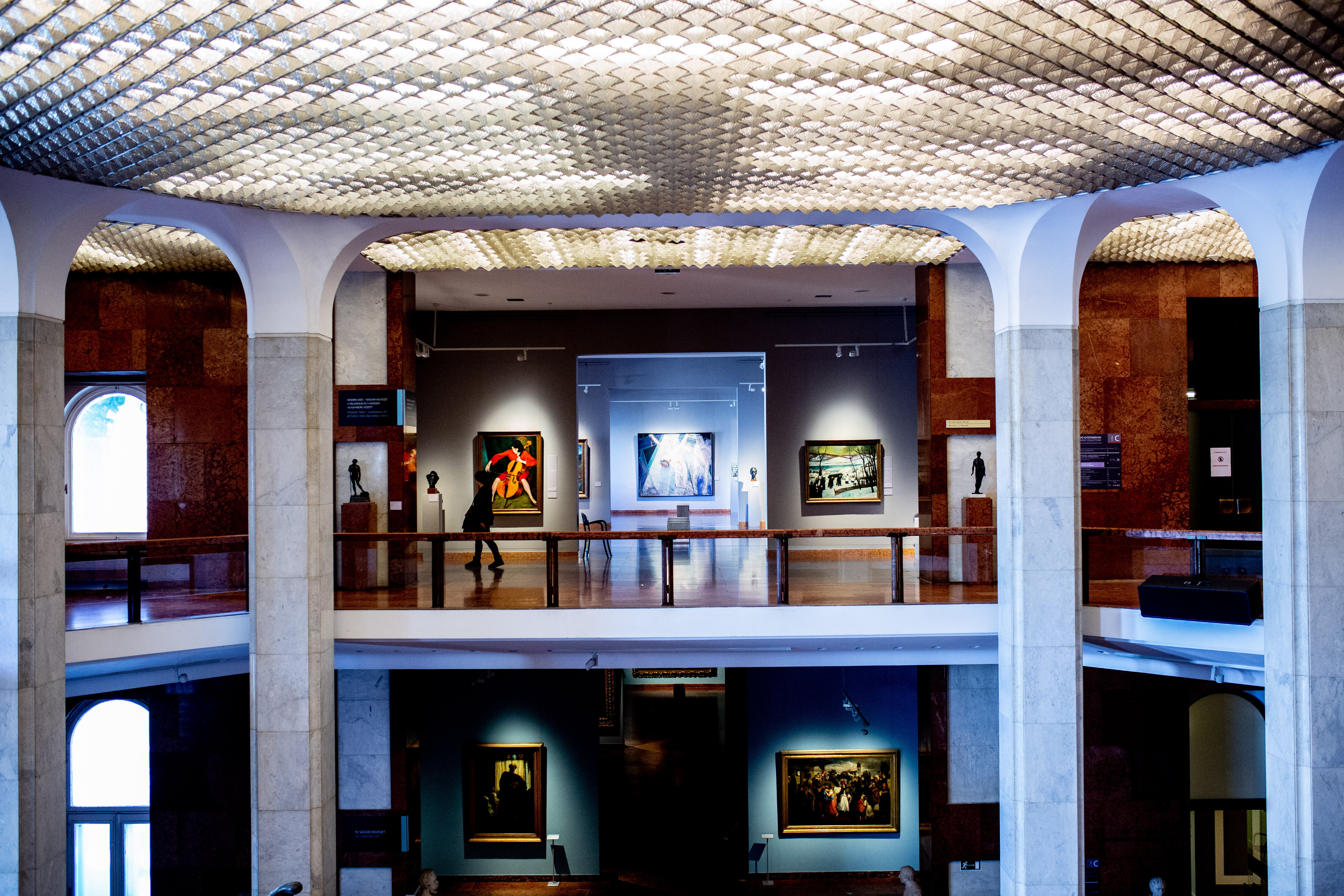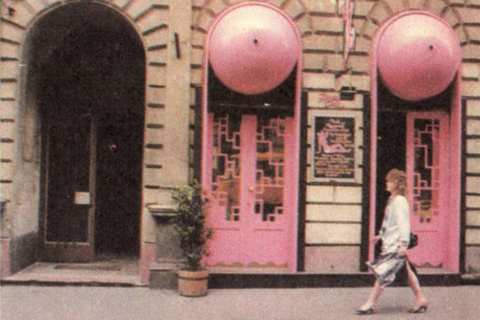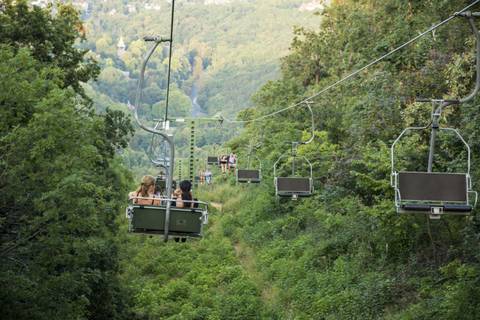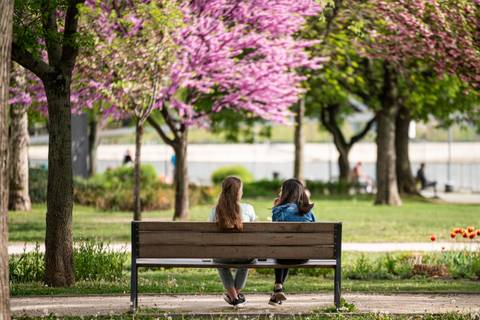Defining the landscape of Castle Hill, the Hungarian National Gallery contains the cream of Hungarian art from medieval Gothic to 20th-century avant-garde and beyond. To navigate this vast permanent collection spread across several wings of the former Royal Palace can seem daunting. We provide a guide to see the highlights in just 90 minutes.
Beckoning to sightseers on the Danube Promenade in Pest, it’s hard to miss monumental Buda Castle across the river. Topped by a somewhat discoloured green dome, the Royal Palace is the city’s crown jewel. Once the seat of Hungarian monarchs, the building was badly damaged during World War II and then rebuilt in Neo-Baroque style, eventually becoming a World Heritage Site listed by UNESCO.
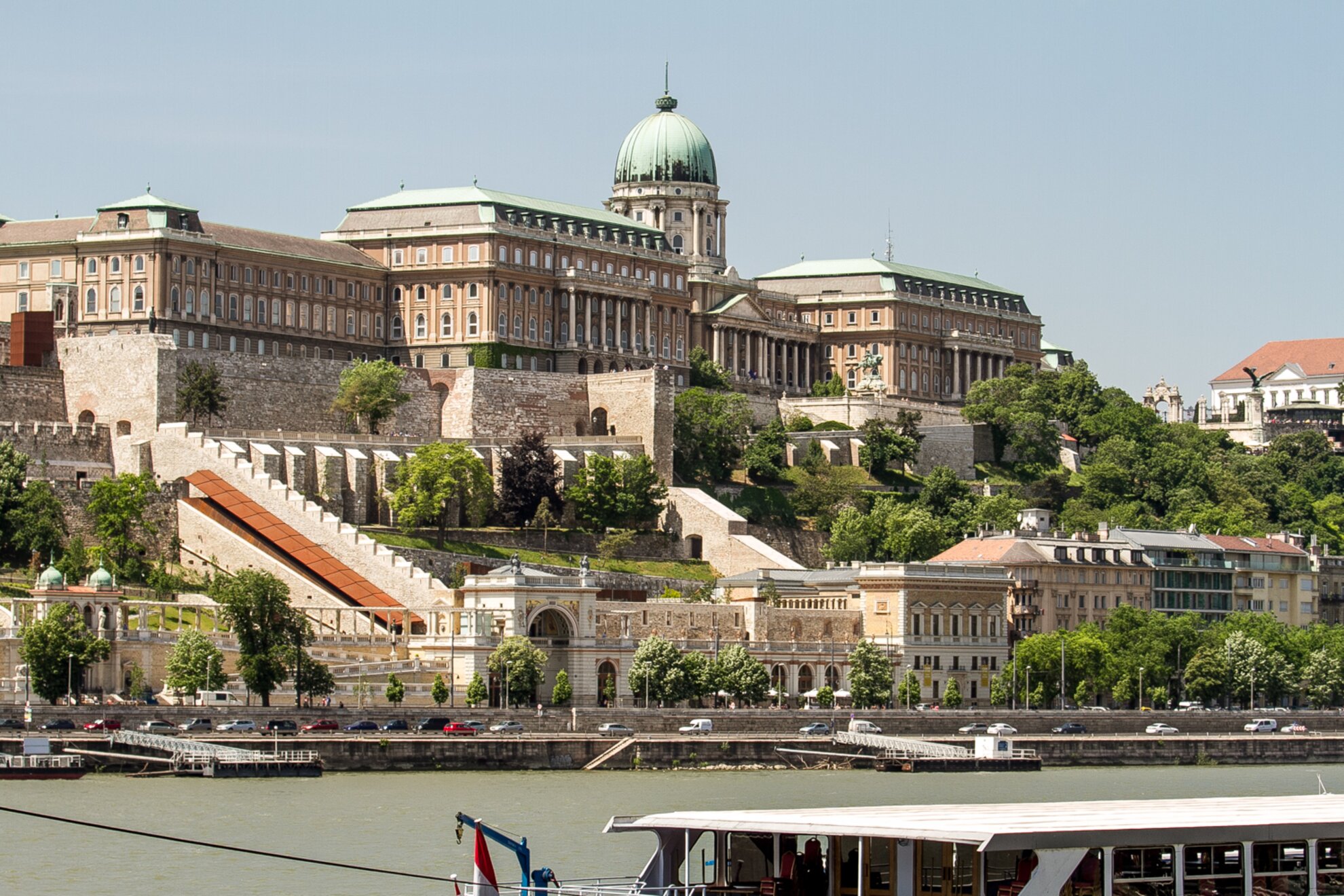
Comprising several wings and spread across multiple levels, this landmark has been home to the Hungarian National Gallery since 1975, containing an overwhelming collection with thousands of artefacts presenting Magyar art history in chronological order.
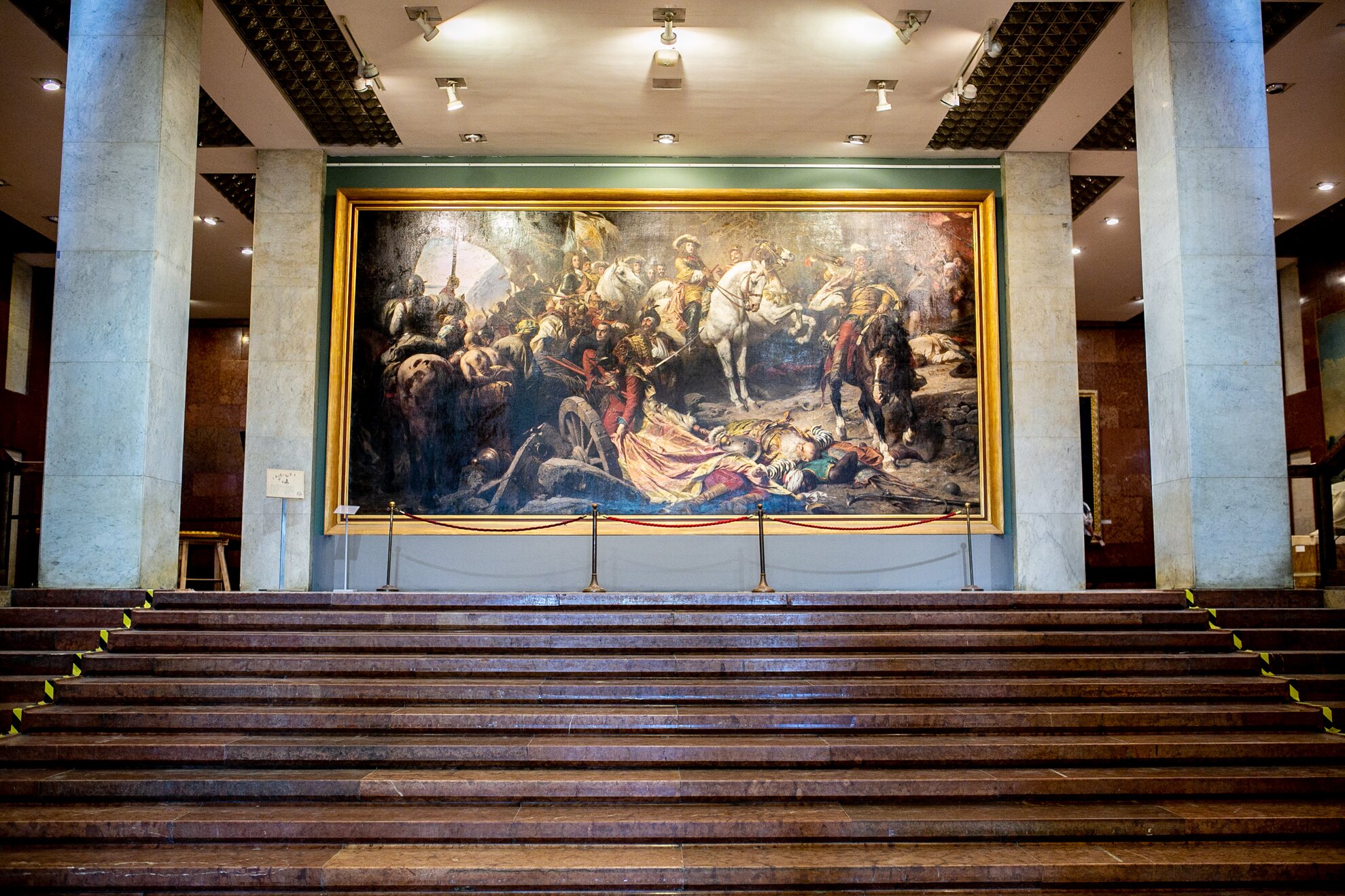
Building C is where you’ll find the main entrance. Here, an information desk provides tour details, with English-language audio guides available at the adjacent ticket counter. Themed guided tours are also offered with prior registration.
Standard admission for the impressive permanent collection is 1,800 forints, the recommended viewing time 90 minutes to three hours. To scoot round quickly, here are some pointers.
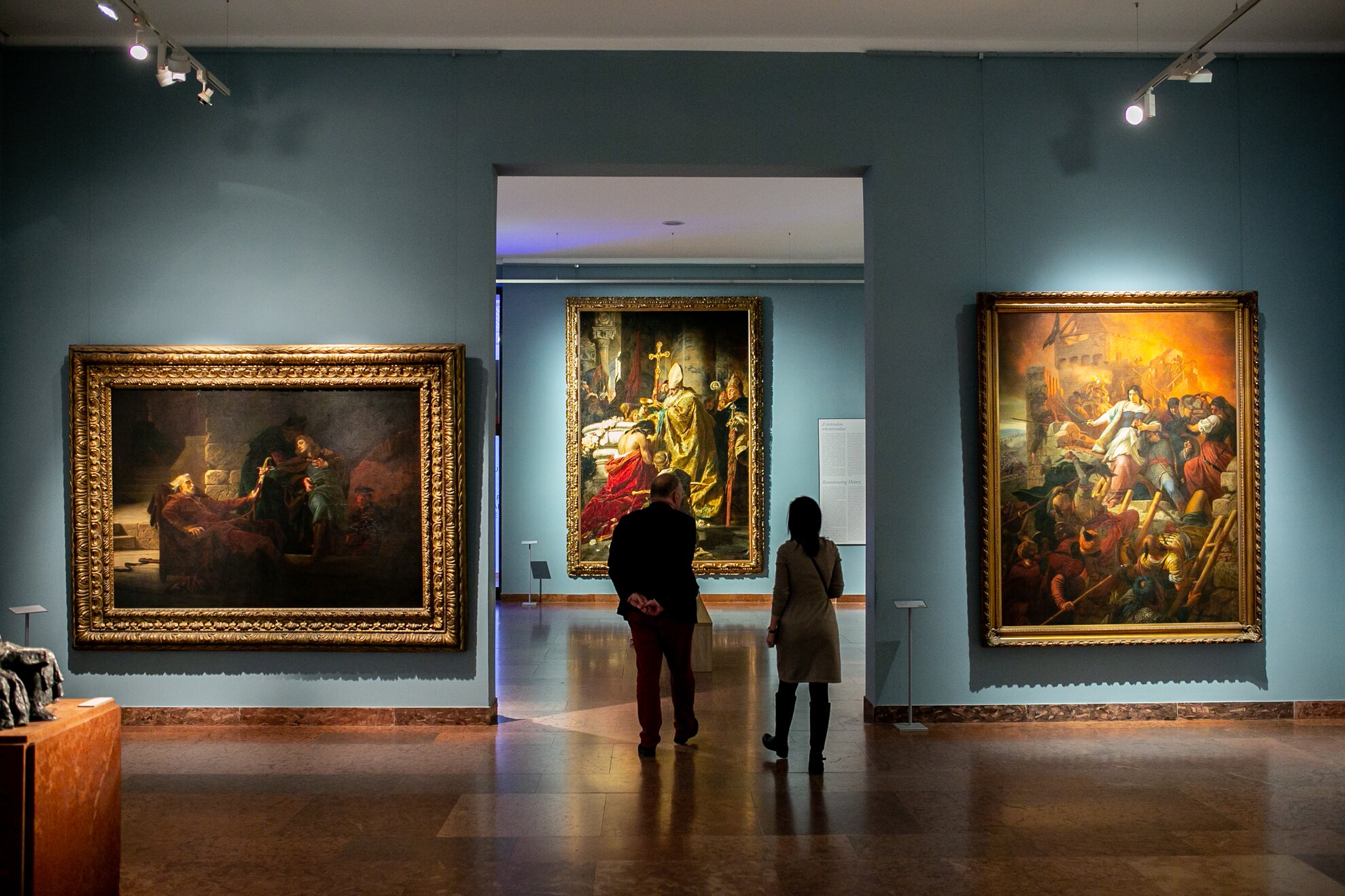
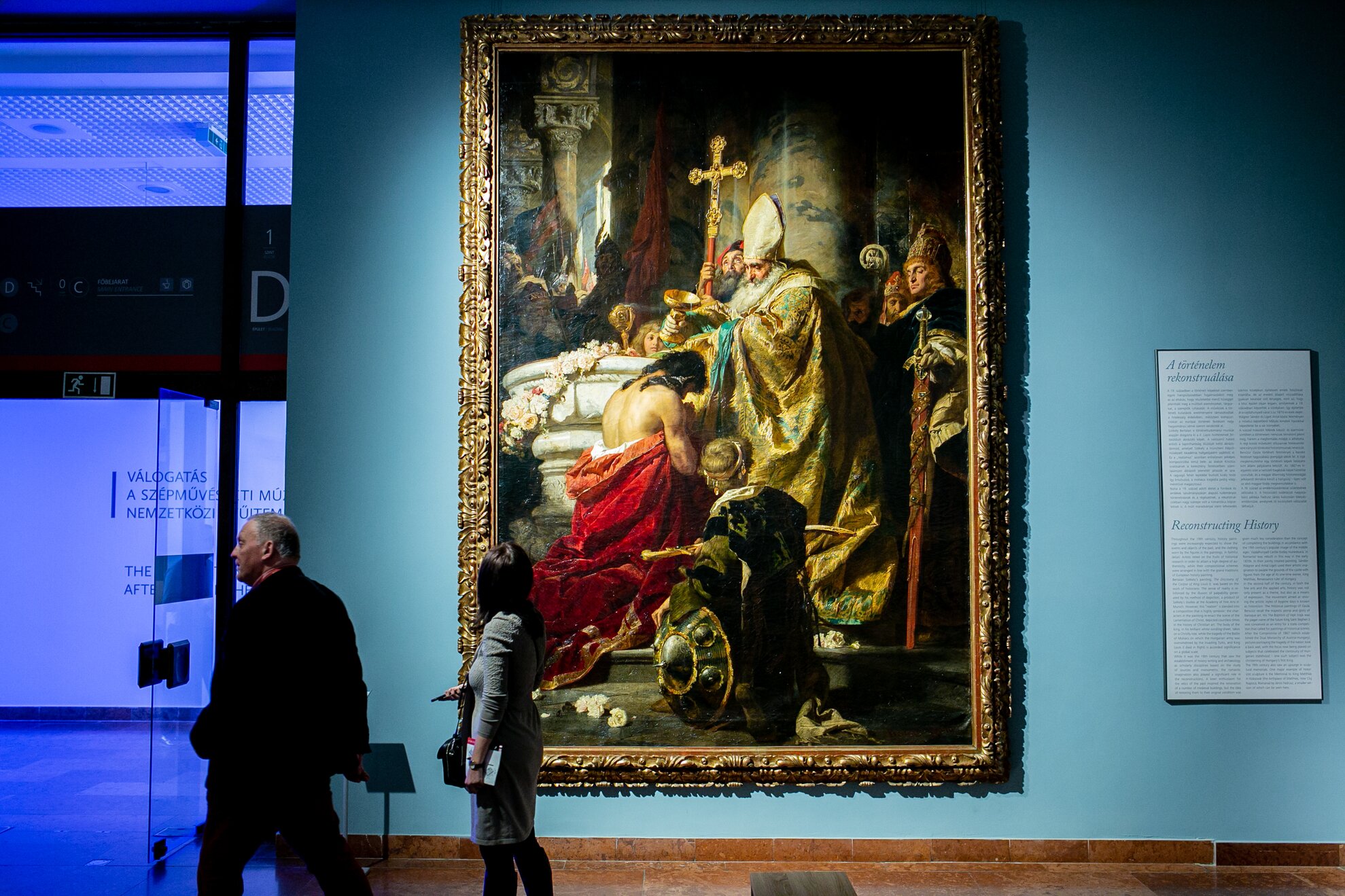
Upon ascending the grand stairway inside the building, your 90-minute tour starts in front of a large-scale illustration showing heroic scenes. The artwork is by renowned painter of historical events Gyula Benczúr and depicts the recapture of Buda Castle from the occupying Ottomans in 1686. Benczúr achieved international success for his work portraying the baptism of King Stephen, also on view as the next stop on your tour.
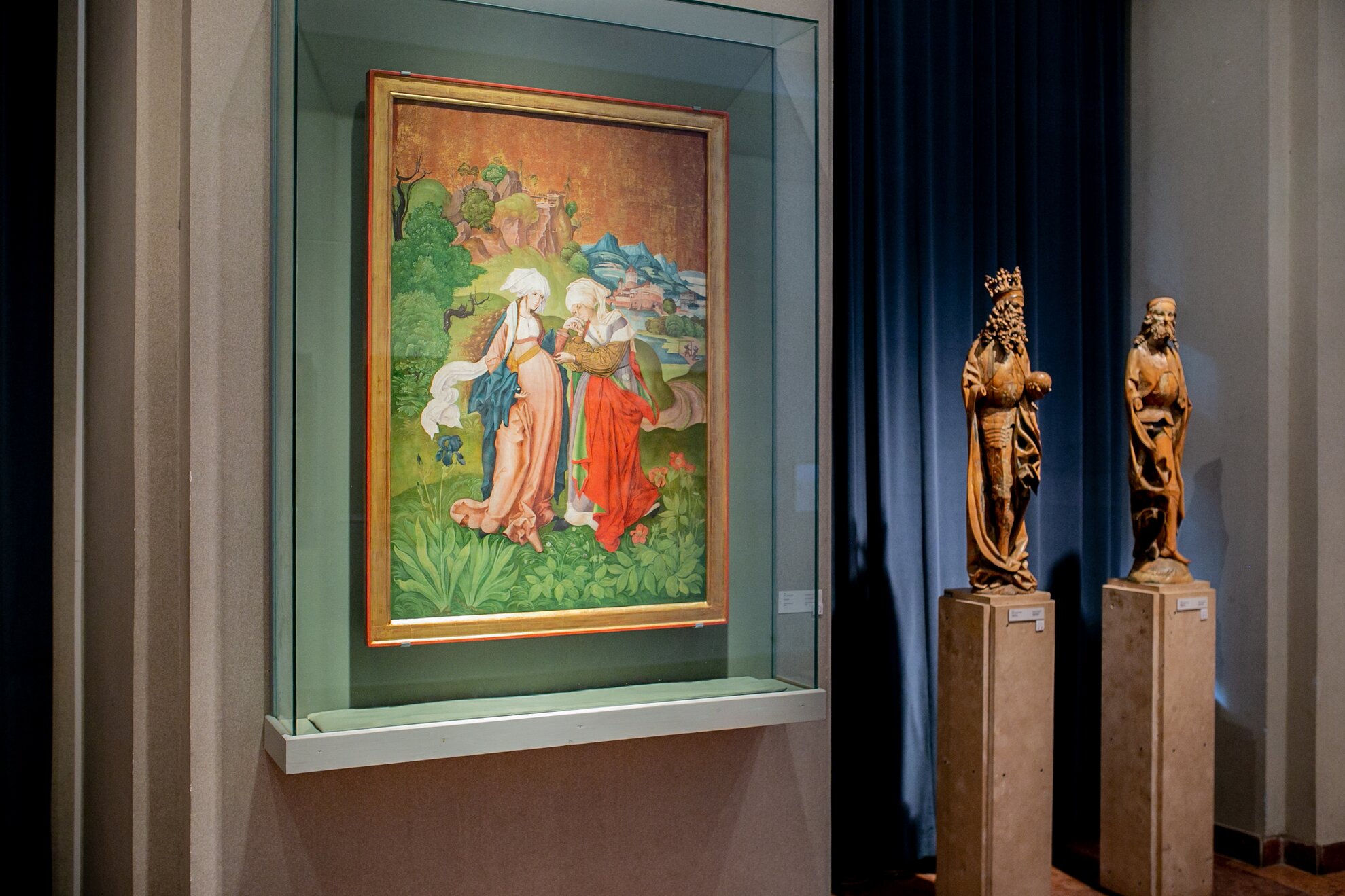
Neon-tube installations are mounted on the wall along the aisle that you need to cross for the section dedicated to Gothic and medieval art. Take a closer look at The Visitation by Master MS, depicting the Virgin Mary and St Elizabeth with poetic intimacy.
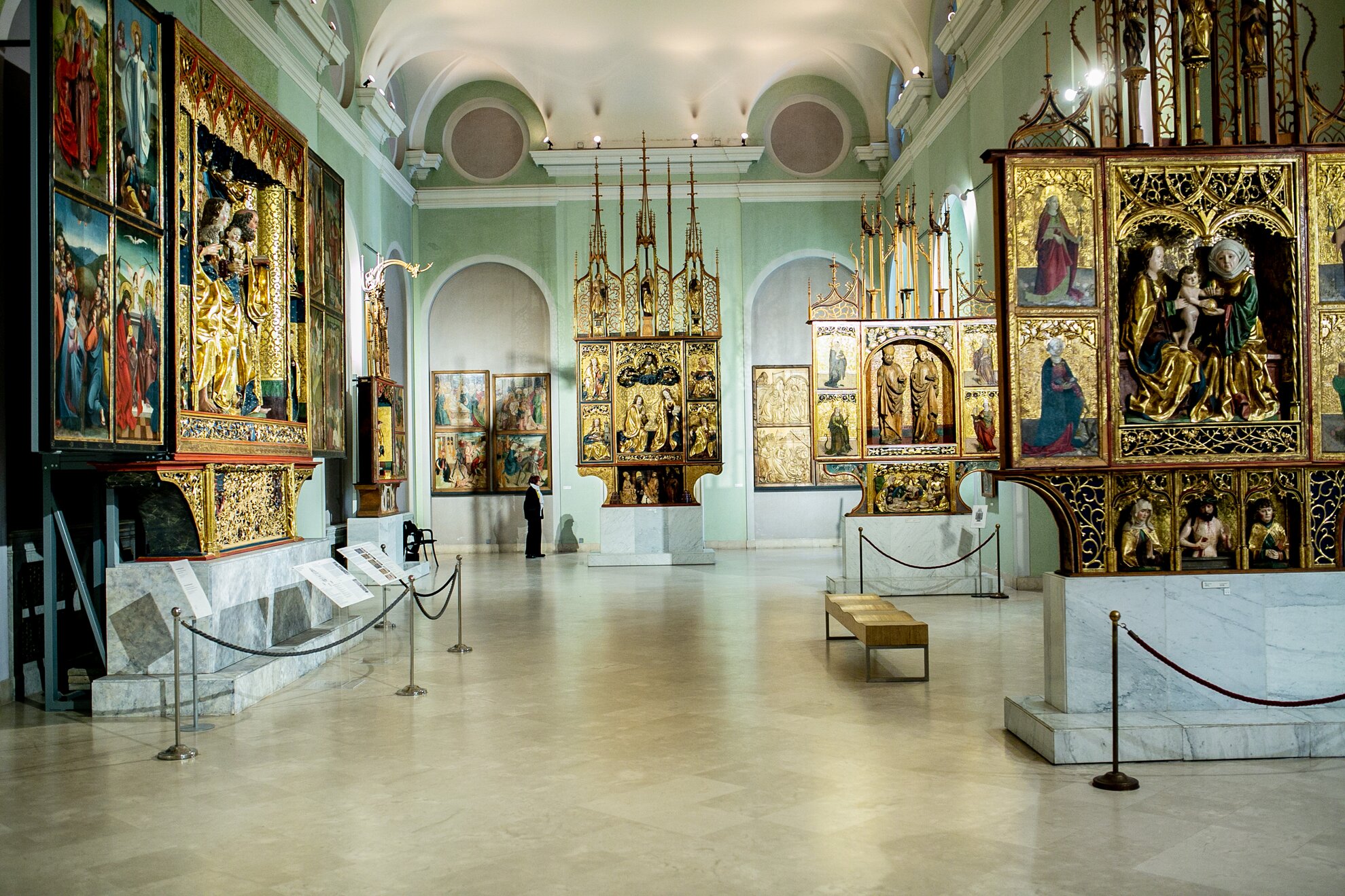
In the adjacent halls, visitors can examine winged altarpieces, the earliest found in Transylvania and dating back to 1543. Some 500 years ago, such religious illustrations represented the highest form of art, but many were demolished by the Ottomans.
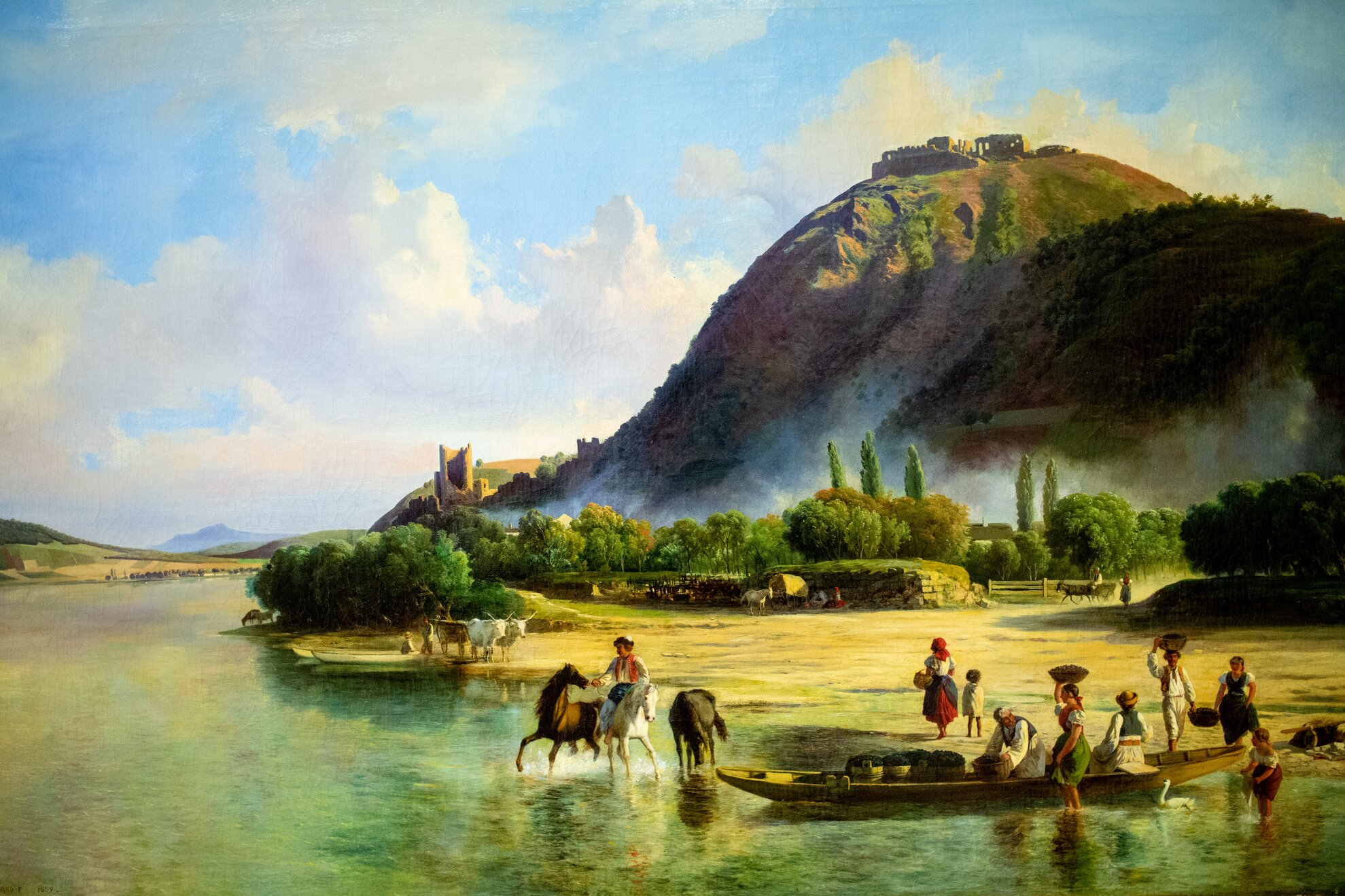
To fast-forward to the 19th century, you’ll have to return to the museum’s central area on the same floor, and its Magyar art from the 1800s. Interconnecting halls present scenes of the Italian and Hungarian countryside, masterpieces by eminent landscape painters, including Károly Markó and his son, Ferenc. This collection illustrates an era when picturesque lands and those of historical significance became the focus of attention.
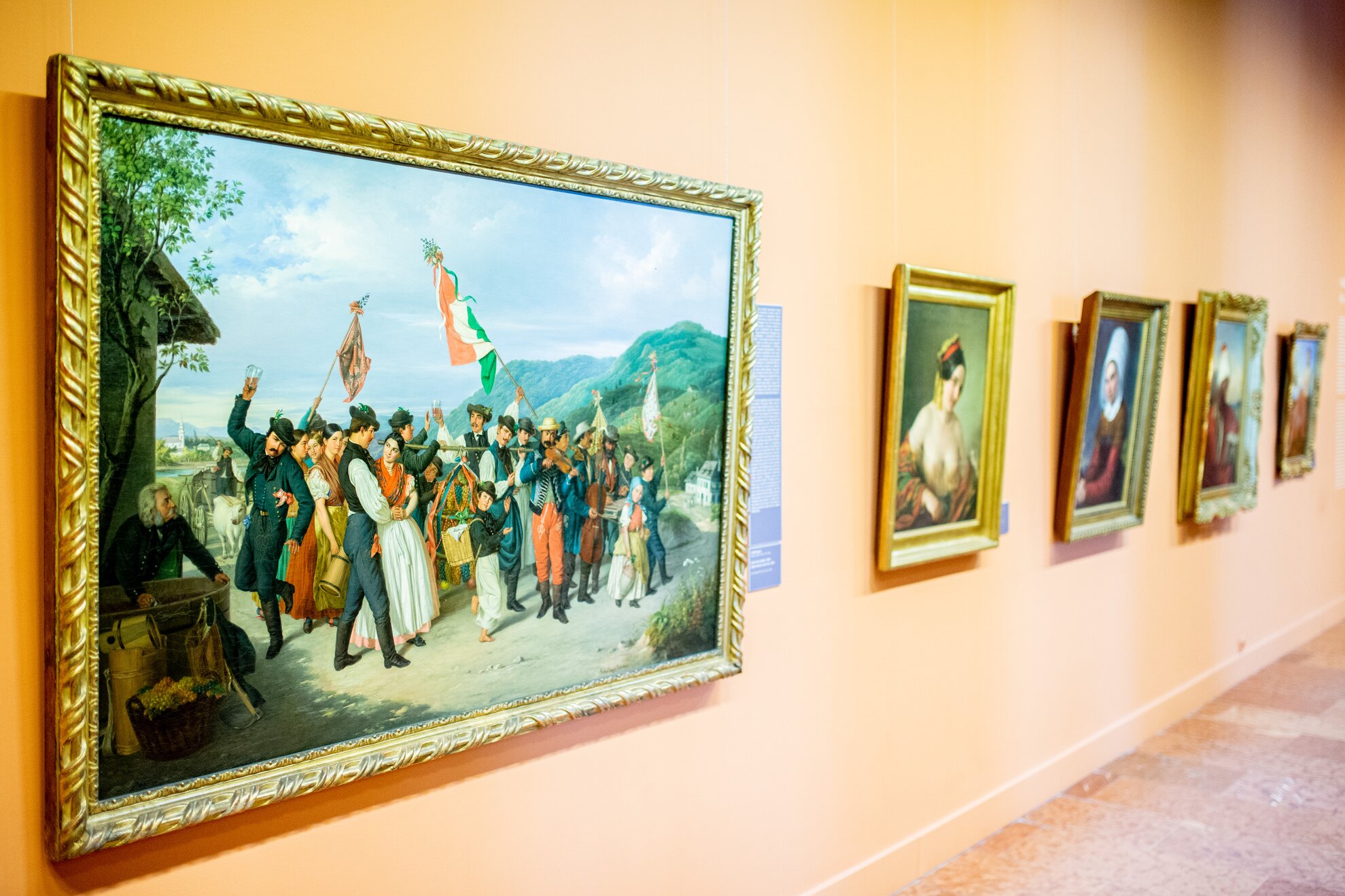
Known for his elaborate frescoes enhancing the Hungarian State Opera, Károly Lotz was also a representative of the landscape genre and one of his works focused on Hungary’s Great Plain is on show here. Nearby, the convivial Wine Harvest near Vác captures a classic Hungarian countryside event by Austro-Hungarian artist Ágost Canzi.
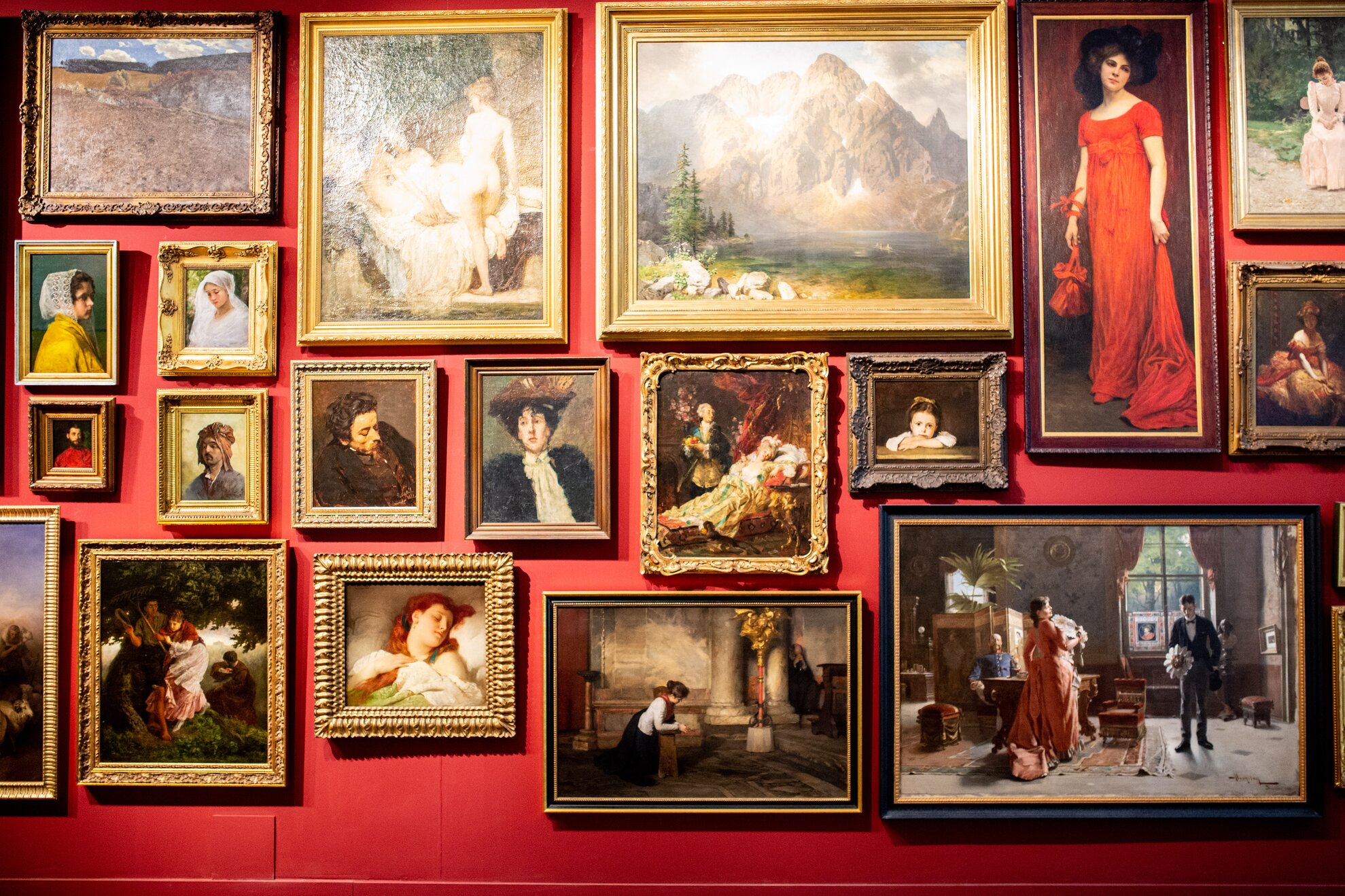
From the 1860s, Hungarian arts societies organised fairs to showcase and sell the hundreds of artefacts that were now being produced every year. A sample display within the National Gallery gives a taste of what these exhibitions looked like, with a wall showing manifold paintings grouped together.
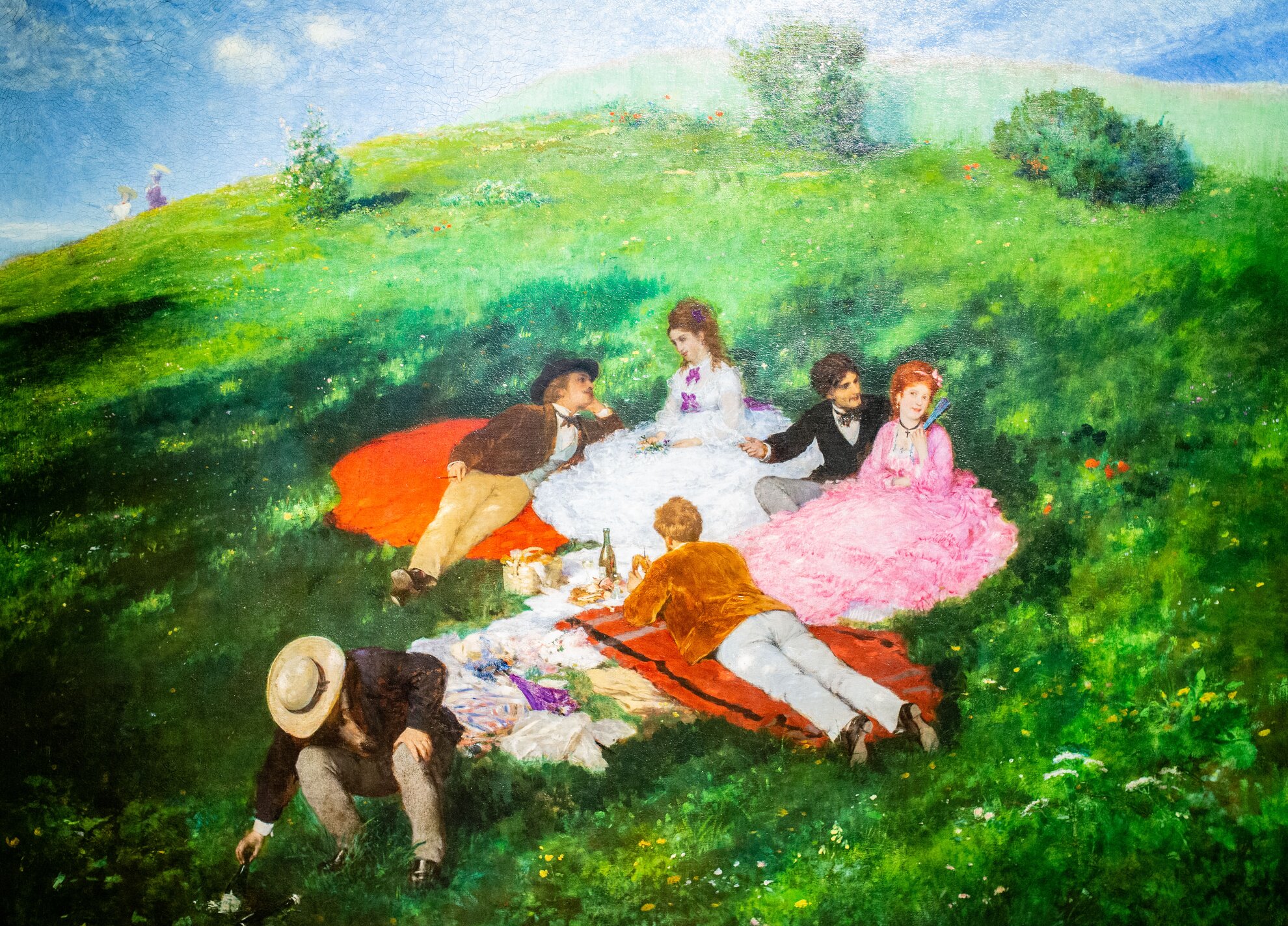
Five steps from this historical reconstruction, a brightly hued item usually attracts viewers. Named Picnic in May, this 1873 work by Pál Szinyei Merse stood out even more when it was conceived. Back then, it received plenty of criticism for its vibrating tones and light theme.
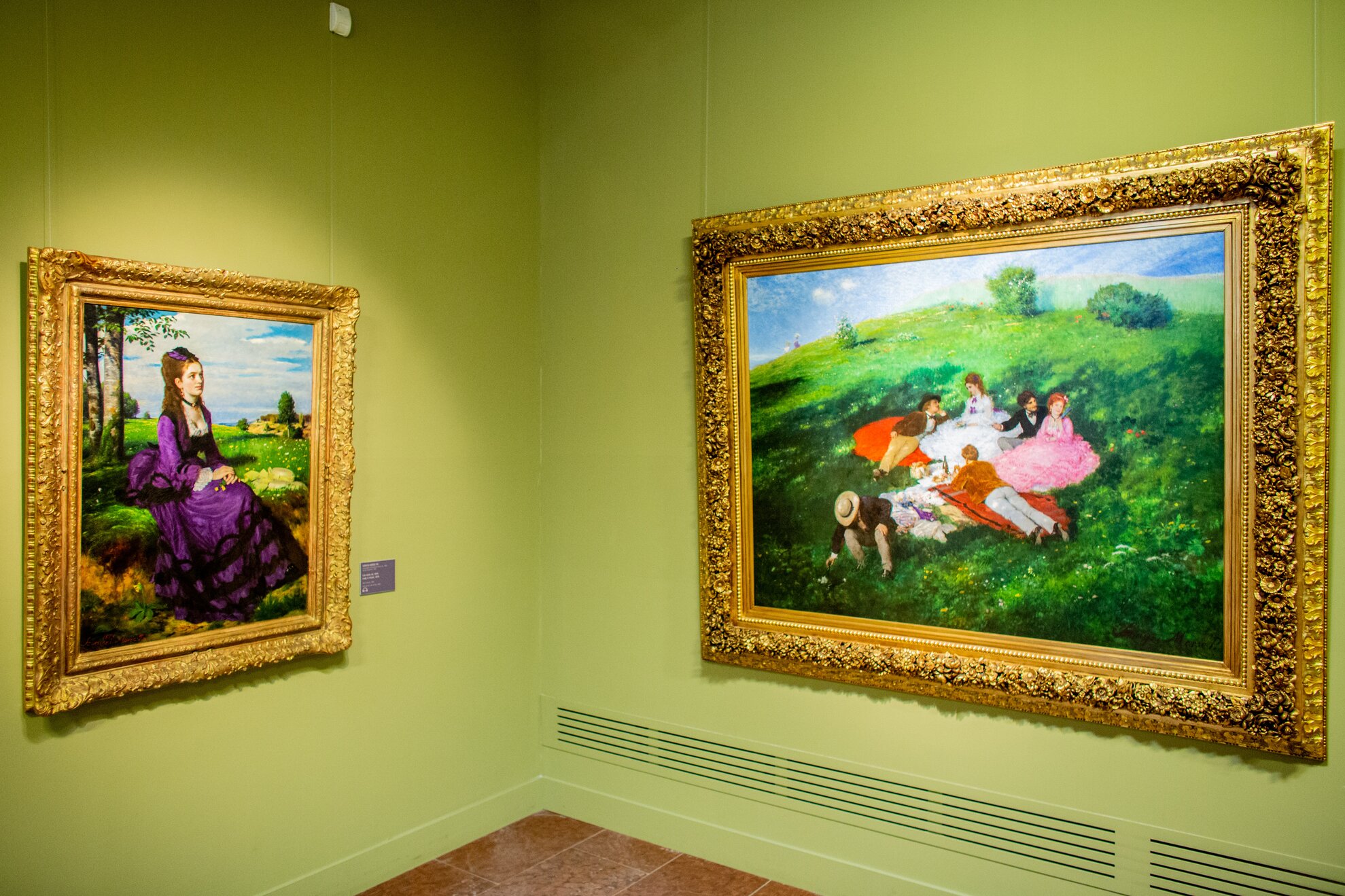
It took 20 years for Szinyei’s progressive approach to gain acceptance by the Hungarian art scene. This master’s incredible legacy also includes the Lady in Violet, a dainty depiction of the painter’s wife. Part of the collection is The Balloon, considered a harbinger of abstract art for its geometrical formations.
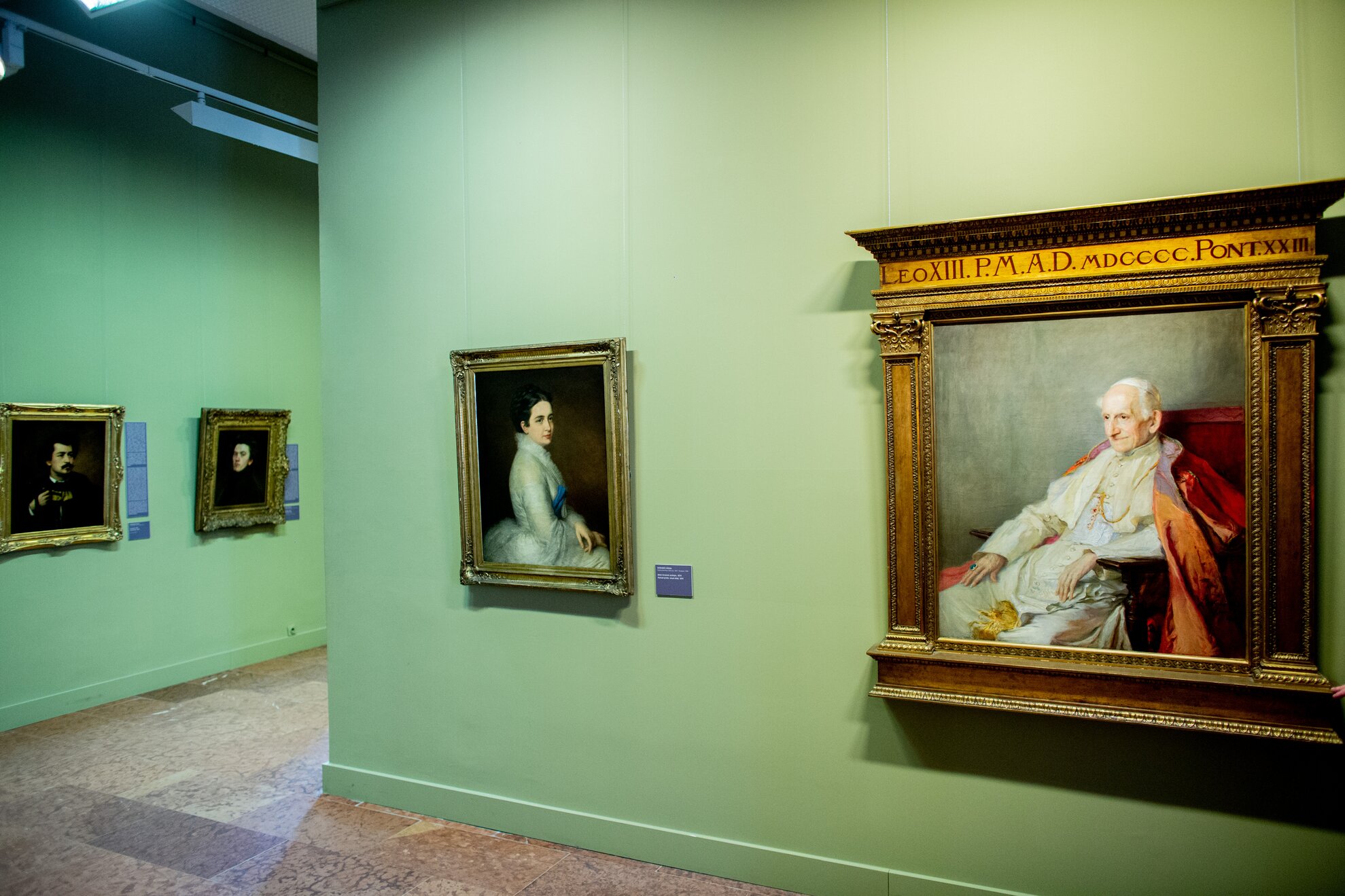
Proceed to the portrait of Pope Leo XIII that earned László Fülöp the Grand Gold Medal at the Paris International Exhibition in 1900. Known as Philip de László in England, he was a celebrated portrait artist of his time with commissions by the British royal family and American presidents. The gallery also exhibits Hofbräuhaus by Fülöp that shows his wife, Lucy Guinness of the illustrious Irish dynasty, visiting the historic beer hall in Munich.
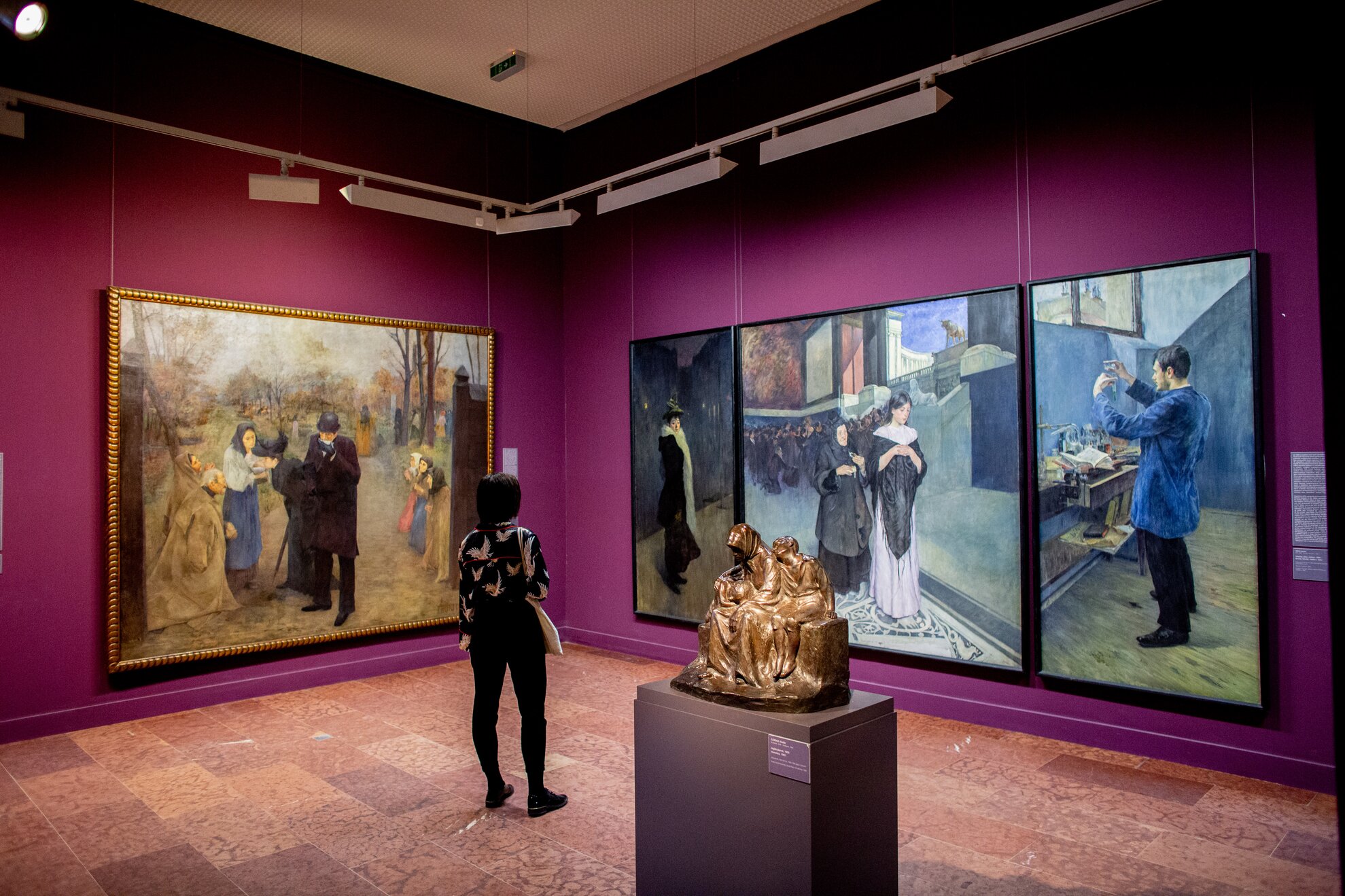
Literary illustrations and pictures covering poverty, death and prostitution are also part of the 19th-century collection. Your tour of this period would not be not complete without visiting the separate room dedicated to Mihály Munkácsy, the most celebrated painter of his day, who gained international fame for his genre pictures and large-scale biblical themes.
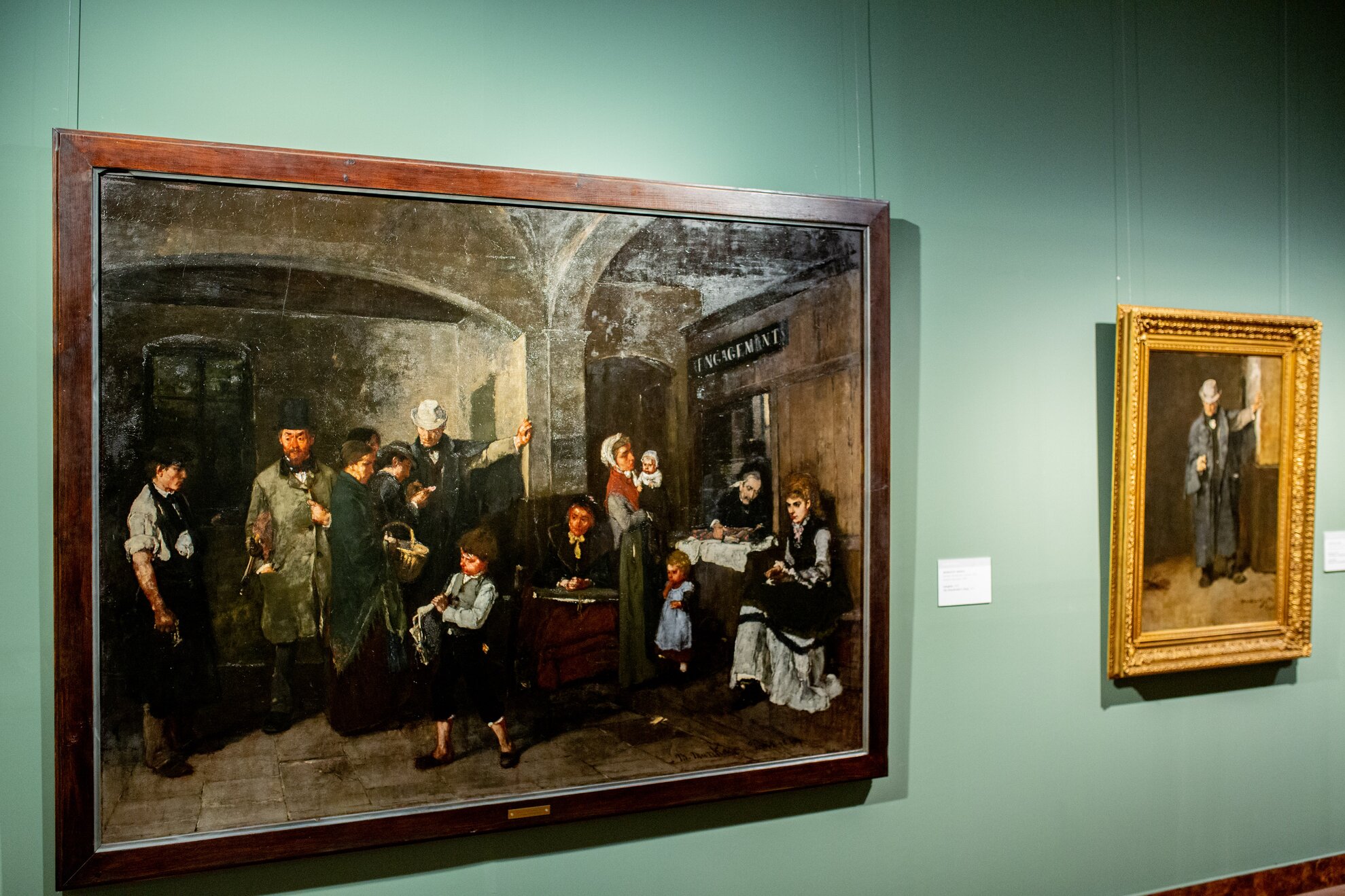
The first major work by this Paris-based Hungarian artist, The Condemned Cell, now hangs on the National Gallery wall to surprise art lovers with its unique theme, found exotic by people at the time.
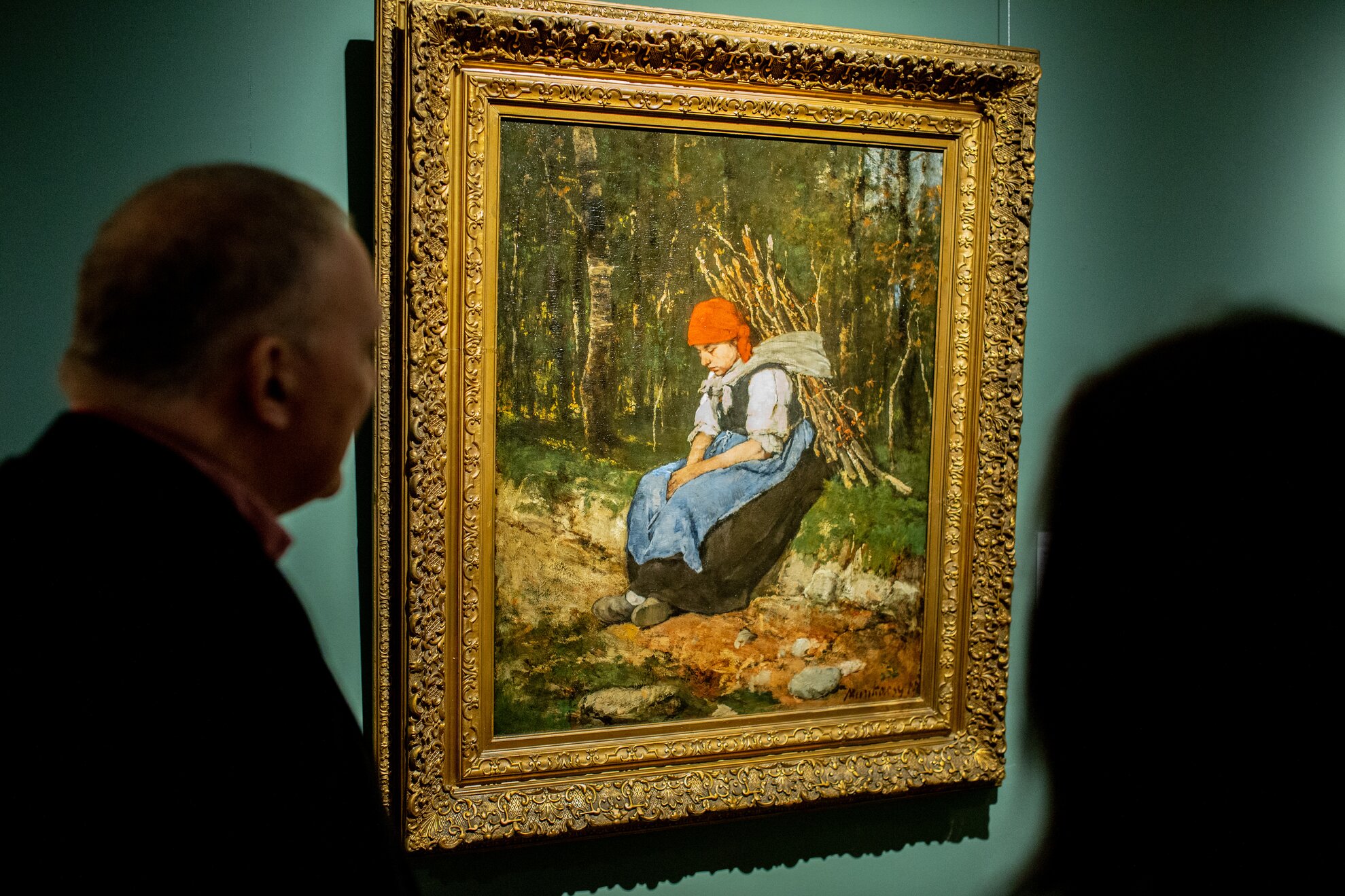
Also on view is the artist’s most reproduced work, Woman Carrying Faggots, whose well-preserved colours make it the jewel of Munkácsy’s whole oeuvre. While here, examine the elaborate details of the Churning Woman and some of the painter’s late pieces depicting an affluent Parisian lifestyle.
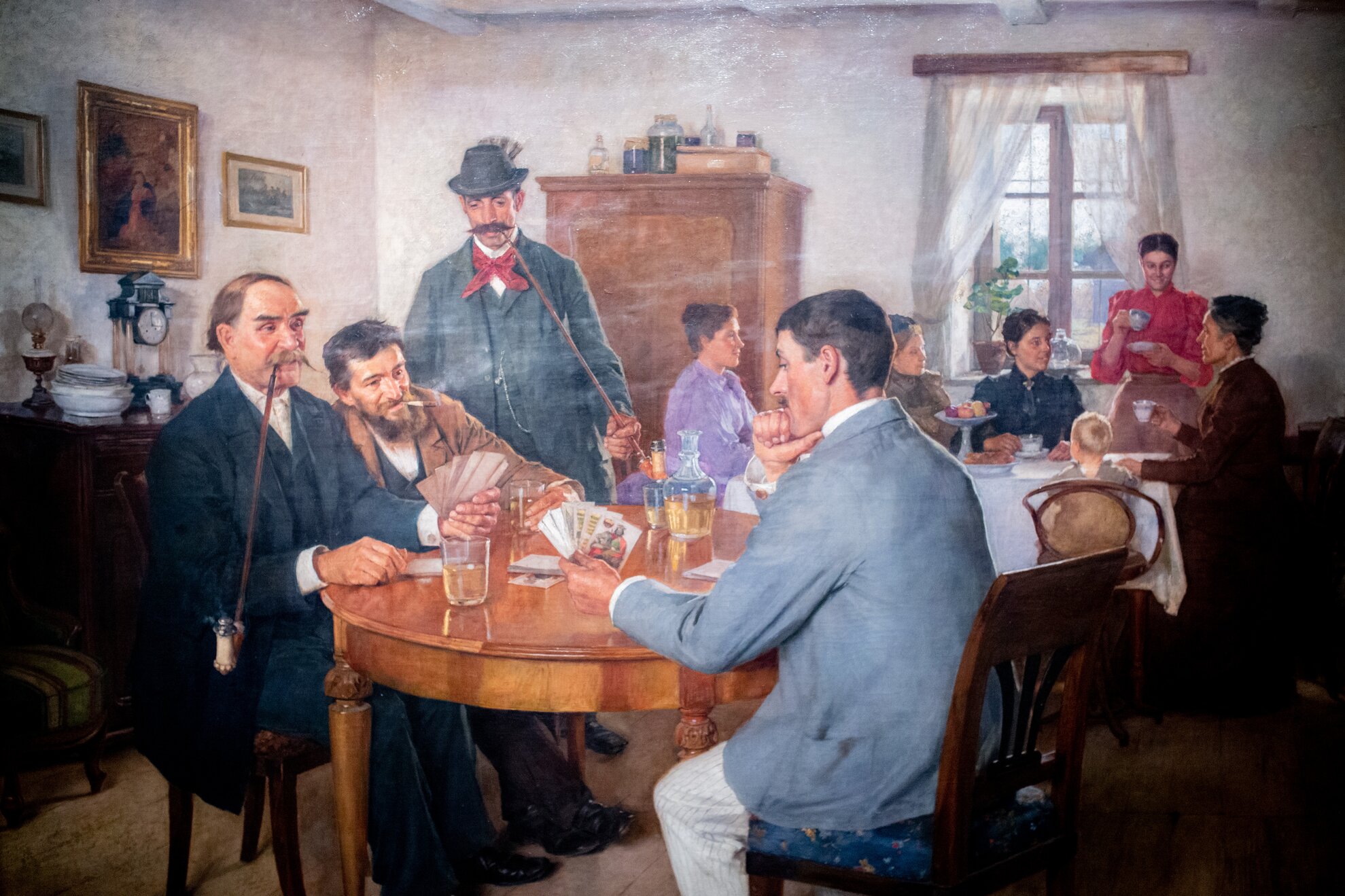
Now head towards fin-de-siècleart, documenting everyday life in provincial Hungary. Sunday Afternoon by genre painter Sándor Bihari is a prime piece among these visual studies of ethnography: men smoke pipes, drink wine and play cards, while the ladies of the house enjoy their afternoon tea, all in a traditionally furnished home.
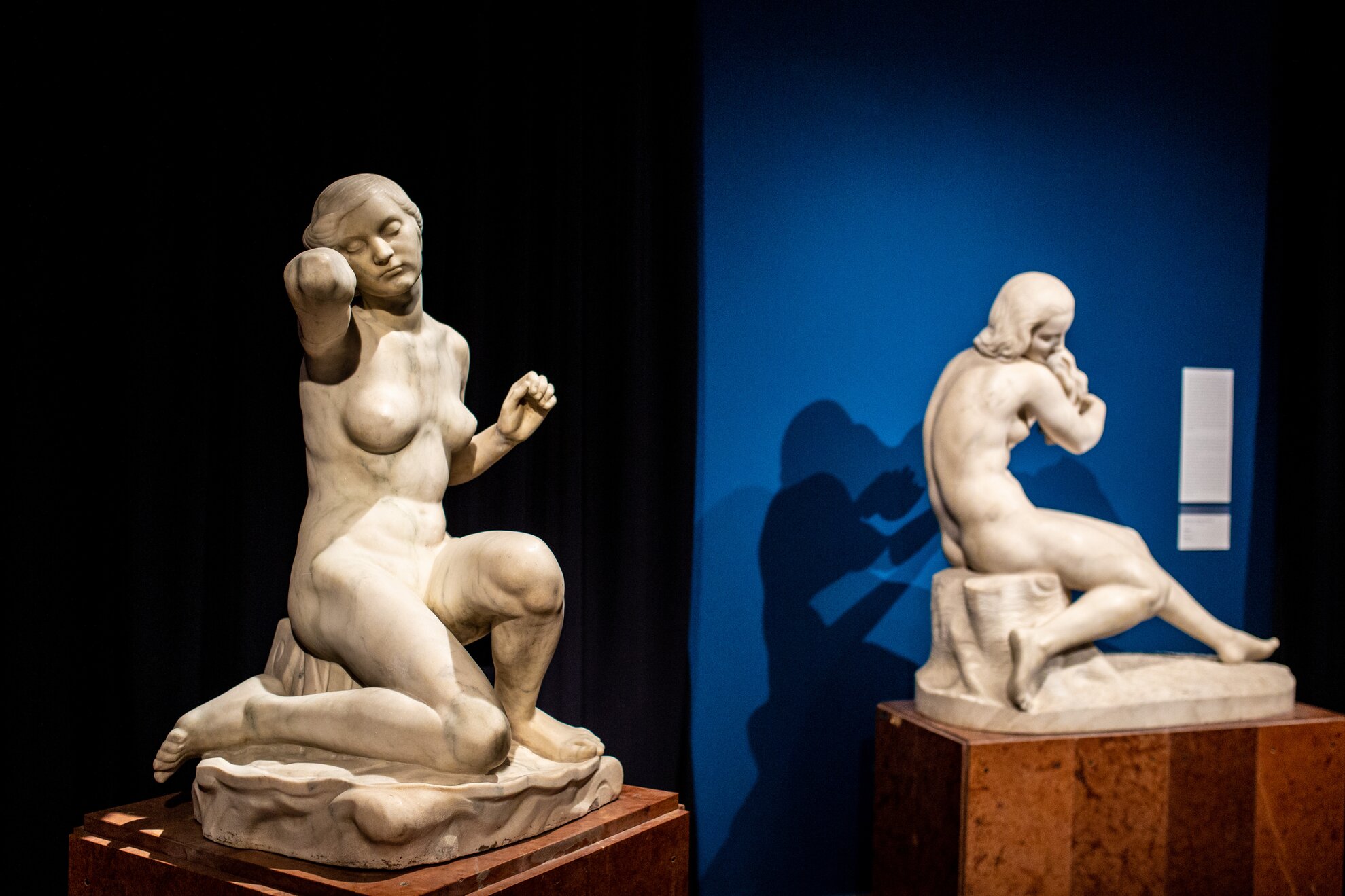
On the way out of this section, you’ll pass by an artfully lit chamber exhibition of nude sculptures – then take the stairs to the second floor to view 20th-century art.
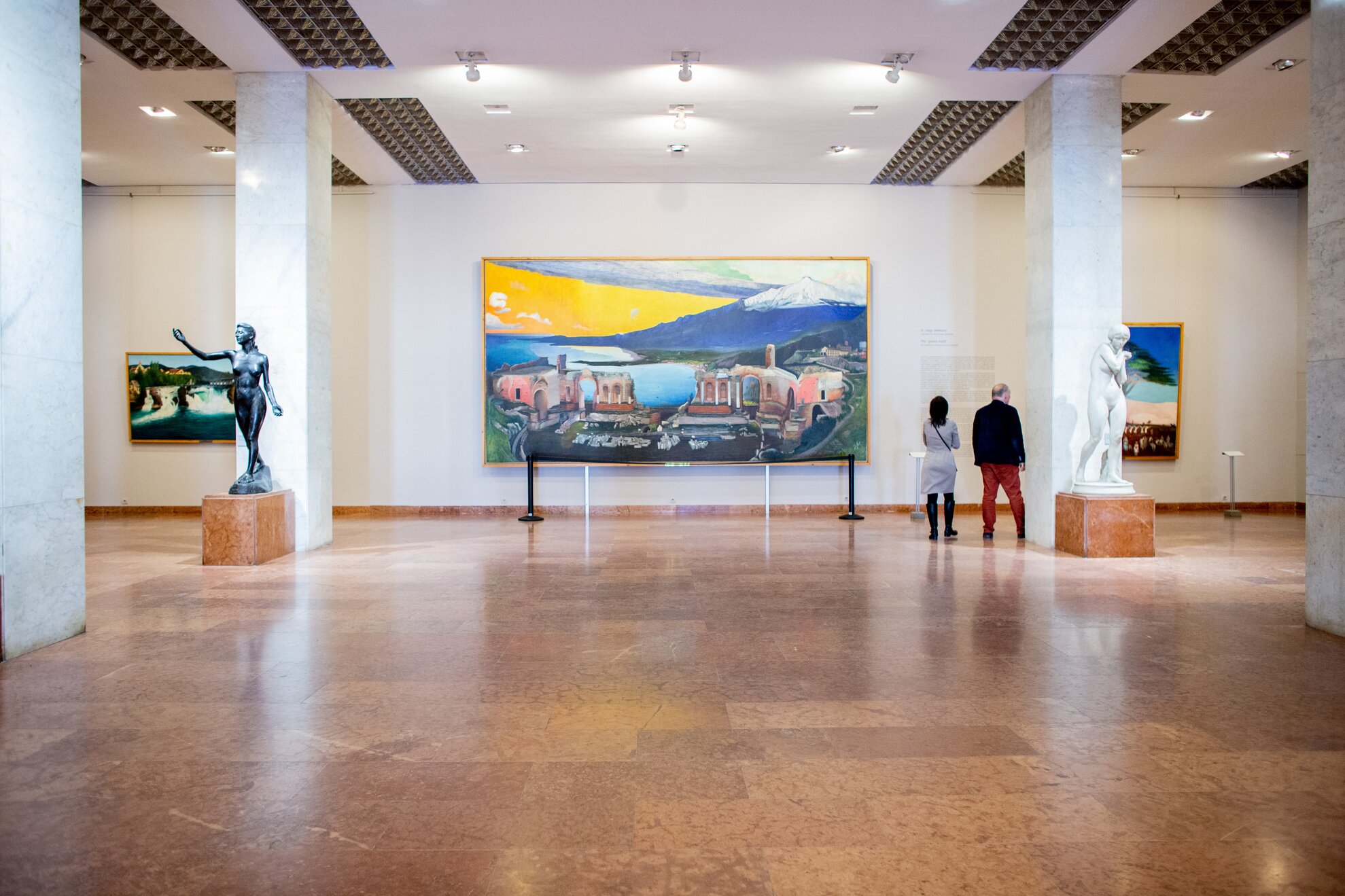
At the top of the steps, you stand before one of Csontváry’s finest works. Travelling around the world, this master of the avant-garde movement was inspired to compile such vibrant works as the Ruins of the Greek Theatre at Taormina, bidding farewell to the darker colour scheme that defined art up to that point.
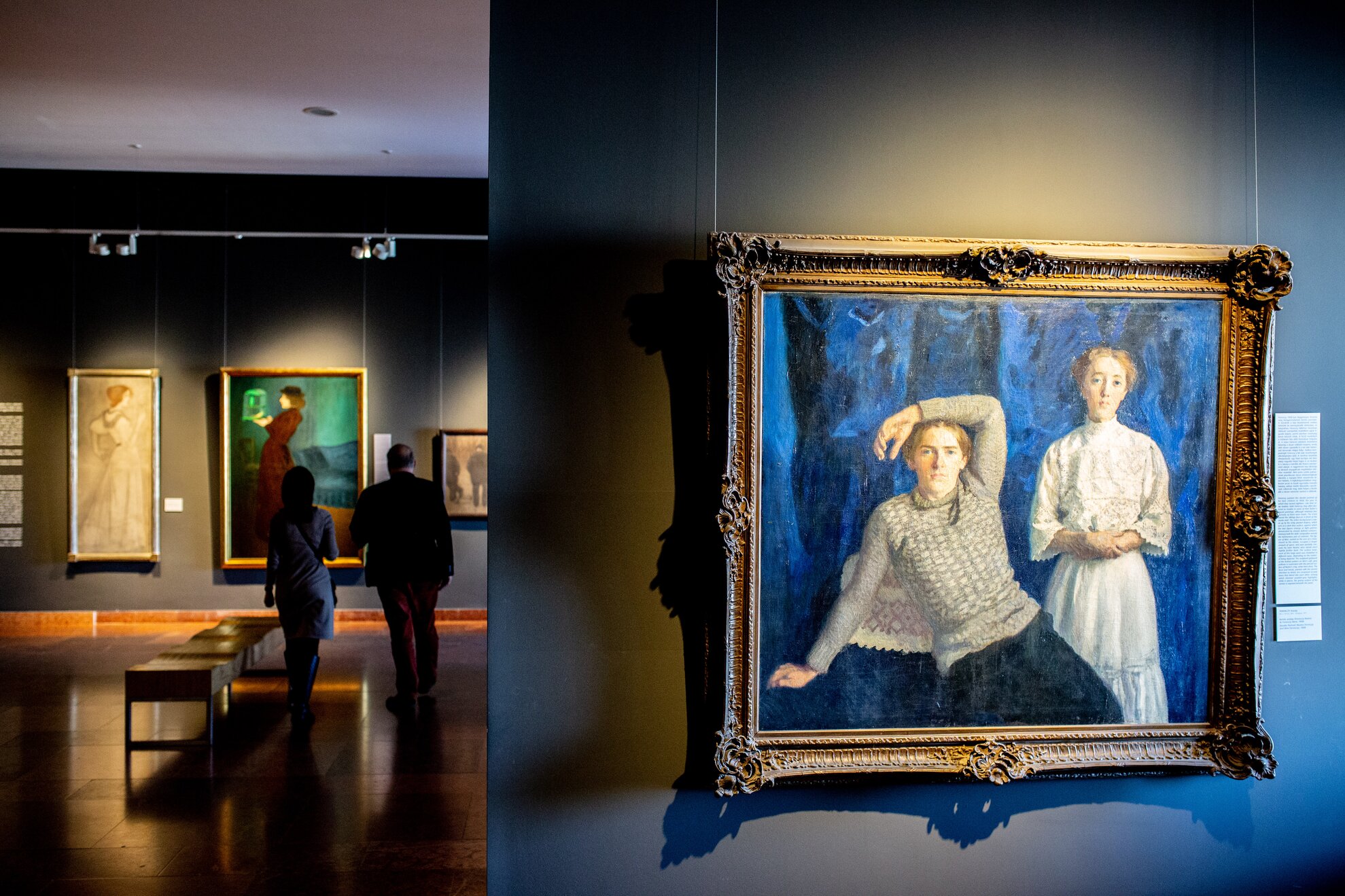
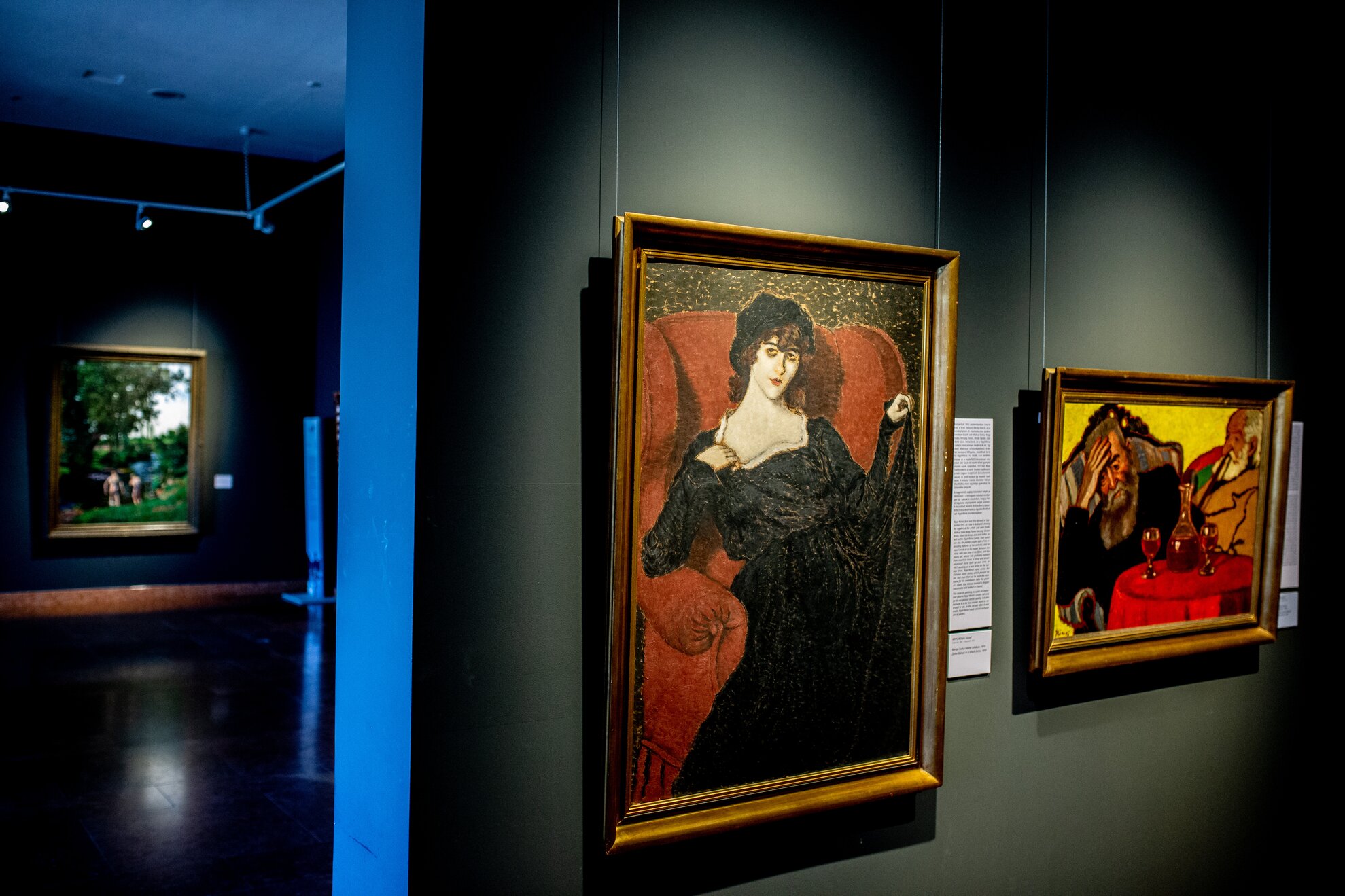
Climb another flight of stairs for József Rippl-Rónai, a Paris-based representative of Art Nouveau. He was known for turning the simplest themes into influencing art, creating fine outlines of his models, figures that are clearly identifiable even from afar. The Woman with the Birdcage is an excellent example of this technique.

Art collectors in the 1900s often commissioned contemporary masters for home decoration. Here the villa of wealthy entrepreneur and patron of the arts Miksa Schiffer is evoked on monochrome photos juxtaposed with the original artworks that enhanced his house.
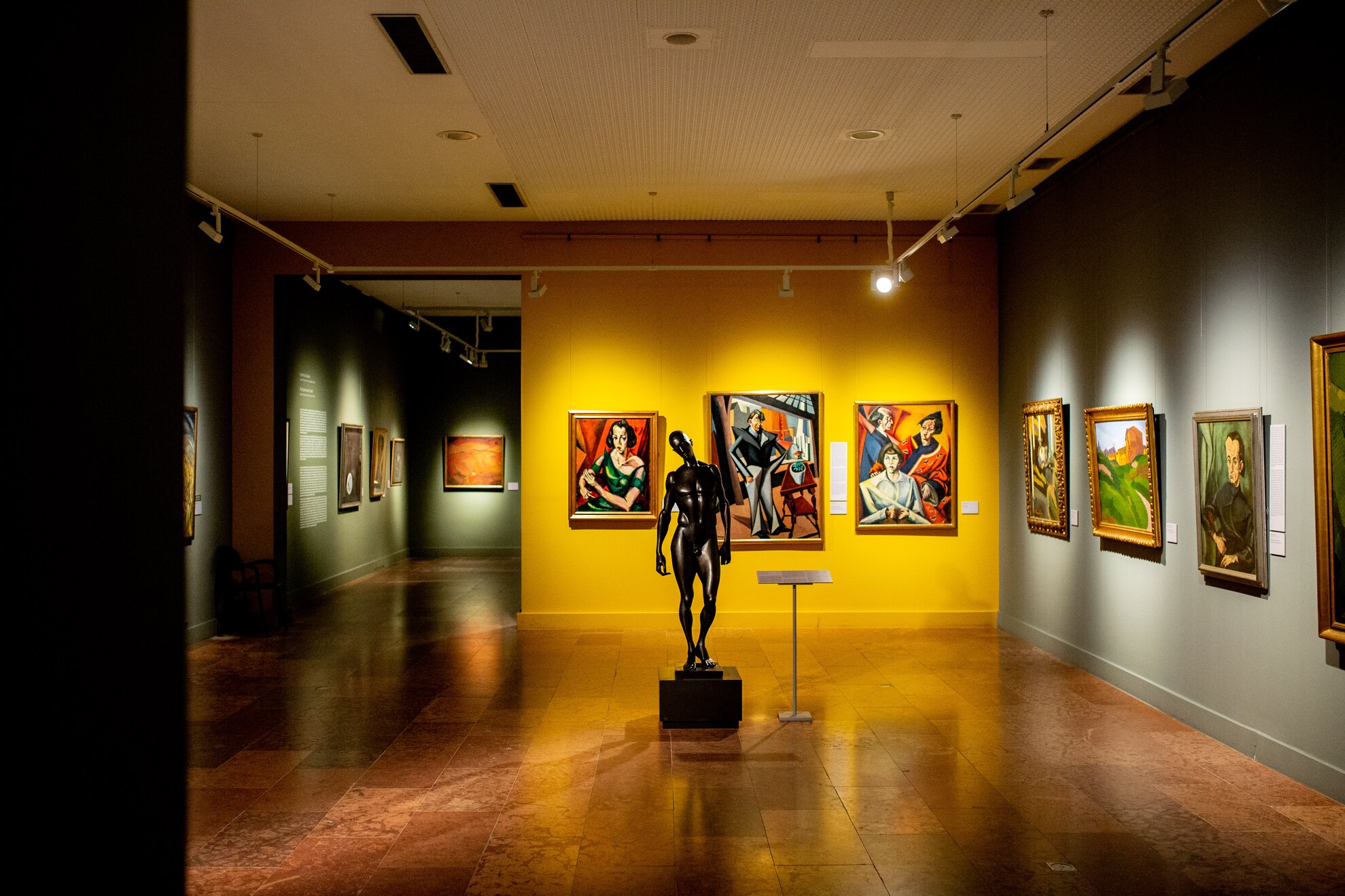
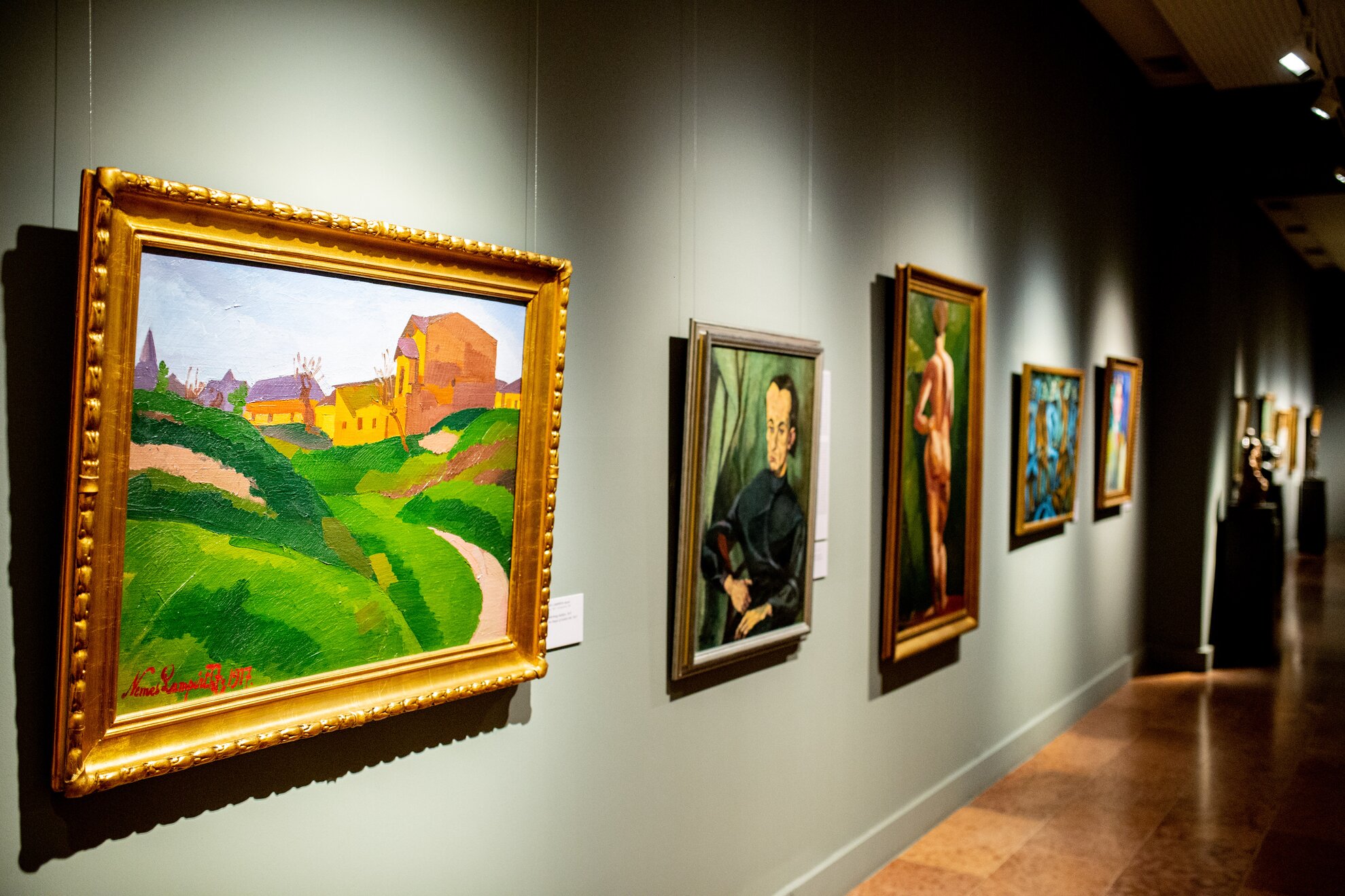
Moving on to Cubism, discover József Nemes Lampérth, whose oversized signature, bold brushstrokes and thick application of paint make the artist’s dynamic and restless personality almost tangible.
You’ll also find examples of Bauhaus, a school of applied arts established in Germany and noted for its refined functionalist approach to architecture and industrial design. A key Hungarian exponent was painter and photographer László Moholy-Nagy, whose works are also shown here.
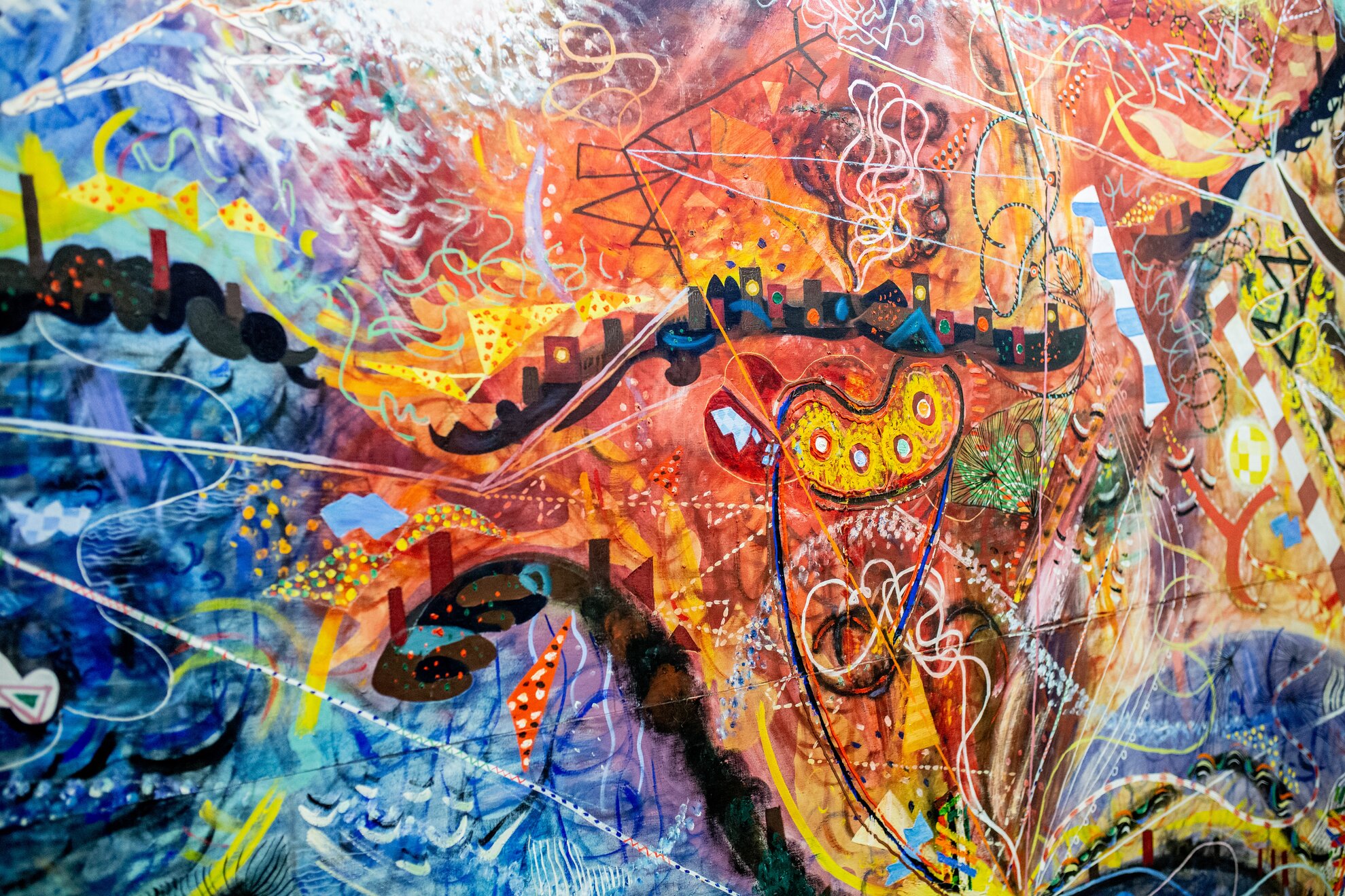
The rest of the 20th century covers the third floor, right beneath the grand cupola. Here, a surrealist homage to the 1956 Revolution, Great Purifying Storm, features a cornucopia of typically surreal motives as drawn by Tamás Lossonczy, who kept creating art until shortly before he passed away at 105.
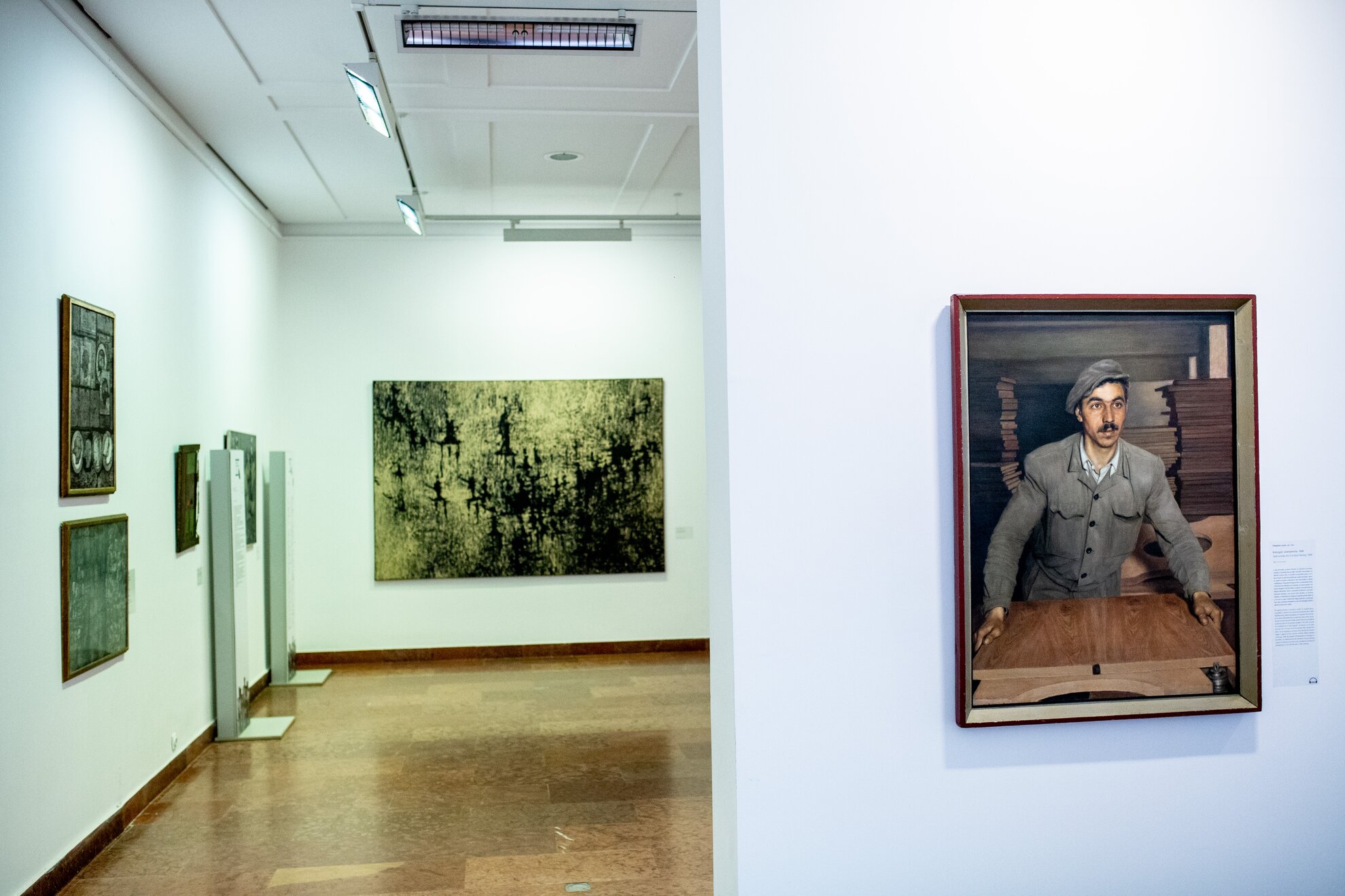
In Communist-era Hungary, when artworks had to align with government propaganda, surrealism was left out of the frame. A photo-realistic portrayal of a Stakhanovite working in a furniture factory is an idiosyncratic representation of the era, an incredibly precise painting by László Félegyházy.
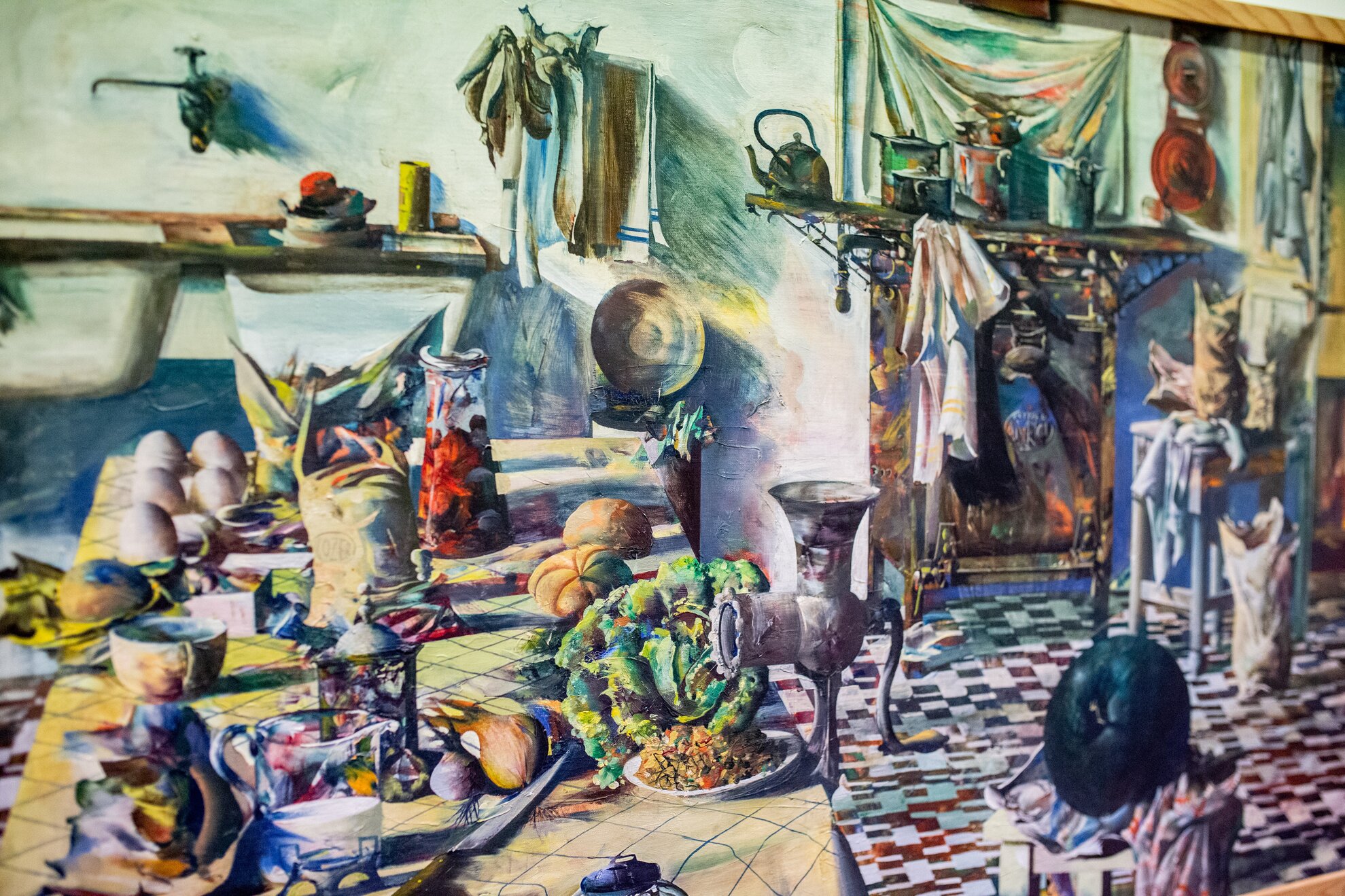
A blend of surrealism and naturalism is what artist Ákos Szabó is representing with Kitchen, a play on wealth and poverty: the old-school fittings are in sharp contrast with the abundant foodstuffs laid out on the dining table.
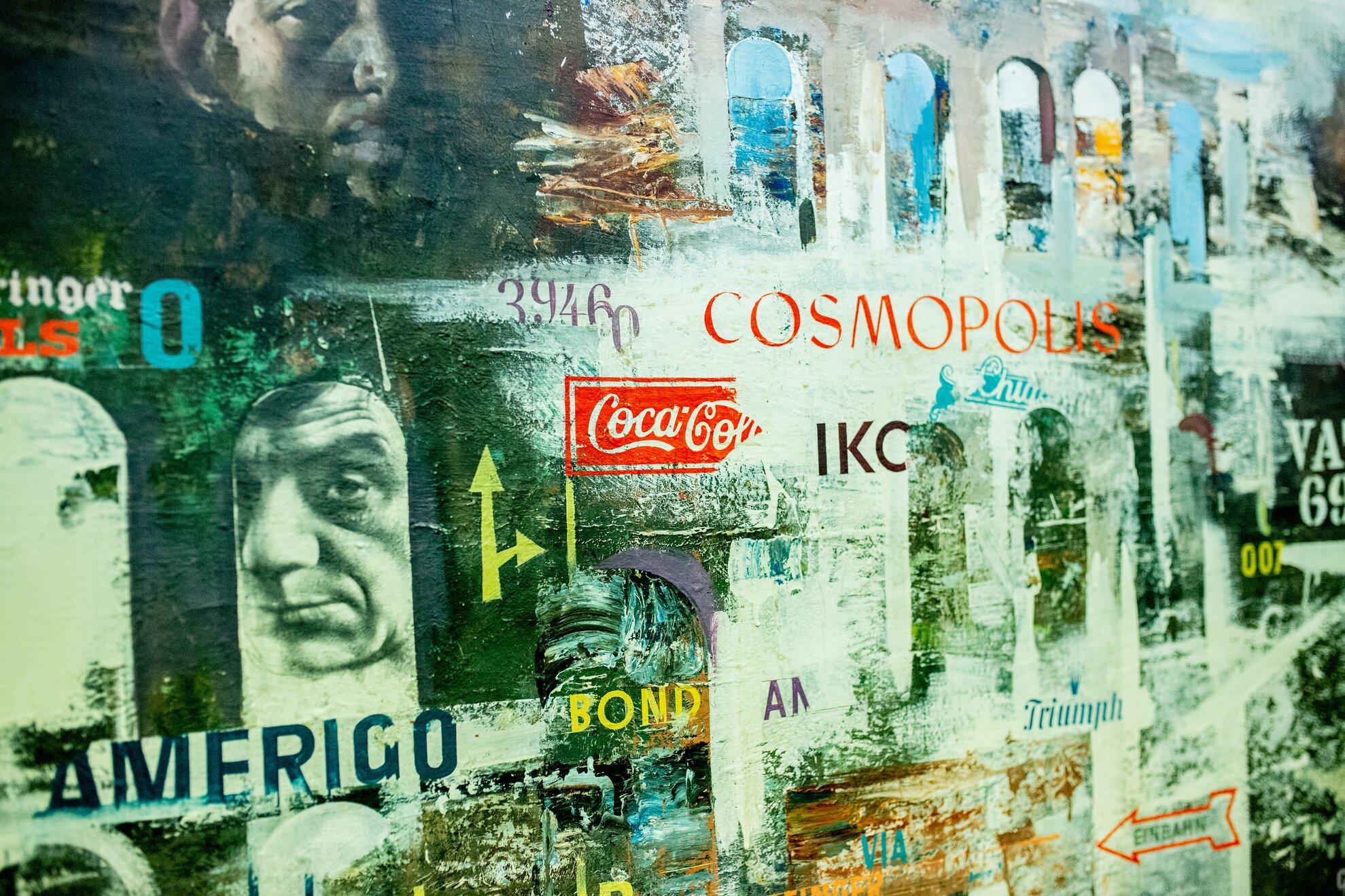
The desire for consumer goods was strong in Soviet-ruled Hungary. This is what contemporary artist László Gyémánt captured in Cosmopolis, highlighting a cacophony of global brands, like Coca-Cola and Triumph.
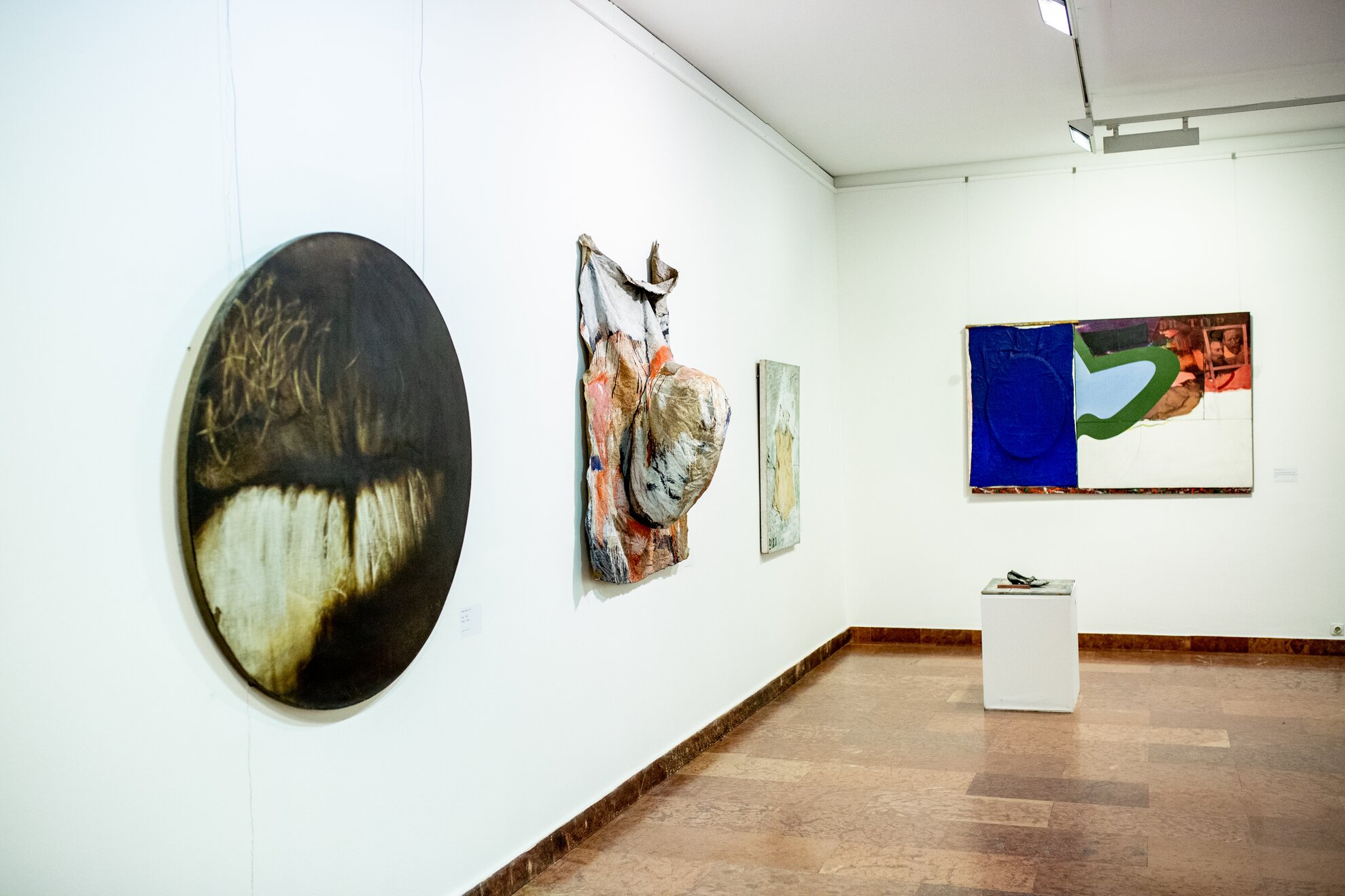
Experiments with photographic tricks also feature, as a snapshot of an era when technology was more limited. In a world of countless smartphone apps, these illusionary images might make you smile.
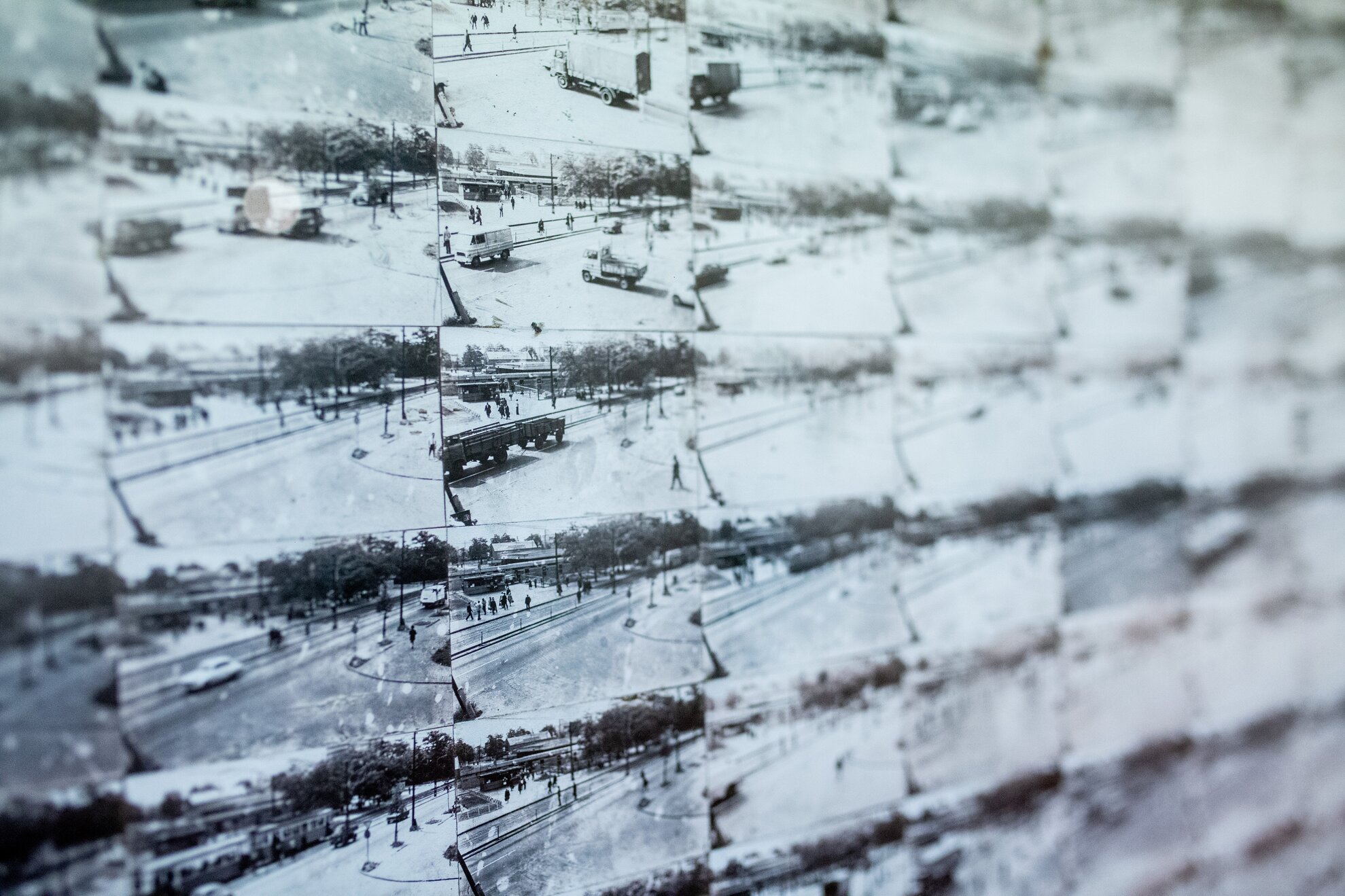
To observe photo art, take a closer look at July 5, 1975, a work by László Haris. The artist captured Pest’s Mázsa tér with his camera positioned at the same angle over 24 hours to create the most objective storyboard, ending up with no story. Haris was only 13 when he produced a photo documentary of the 1956 Revolution, but later burnt his works out of fear.
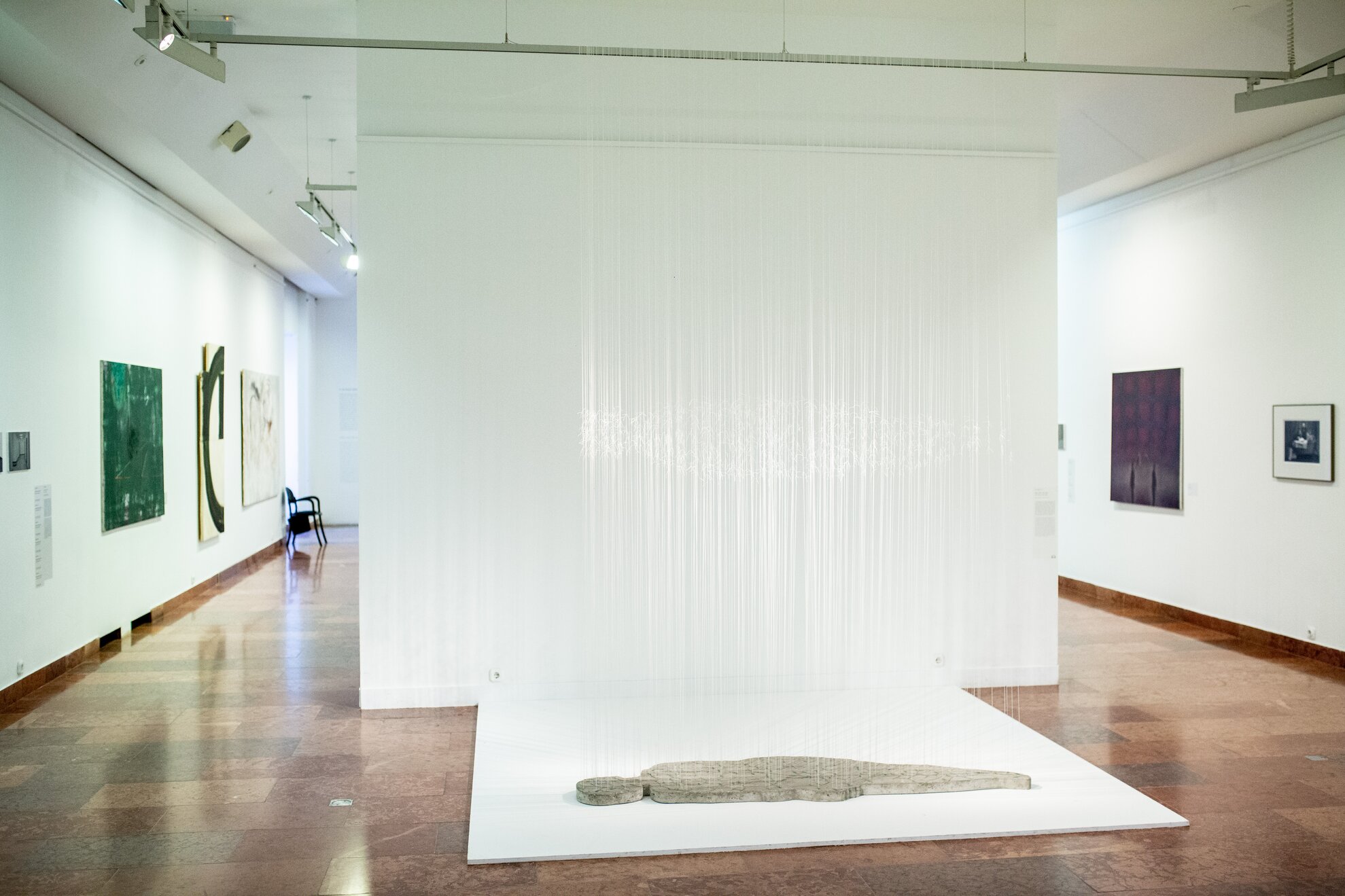
Complete your tour around Hungarian art with a truly contemporary installation. This sacred composition by Imre Mariann is a manifestation of St Cecilia’s body as it levitates in front of your eyes. This modern take on the original statue created by the Italian Stefano Maderno demonstrates that art is timeless.
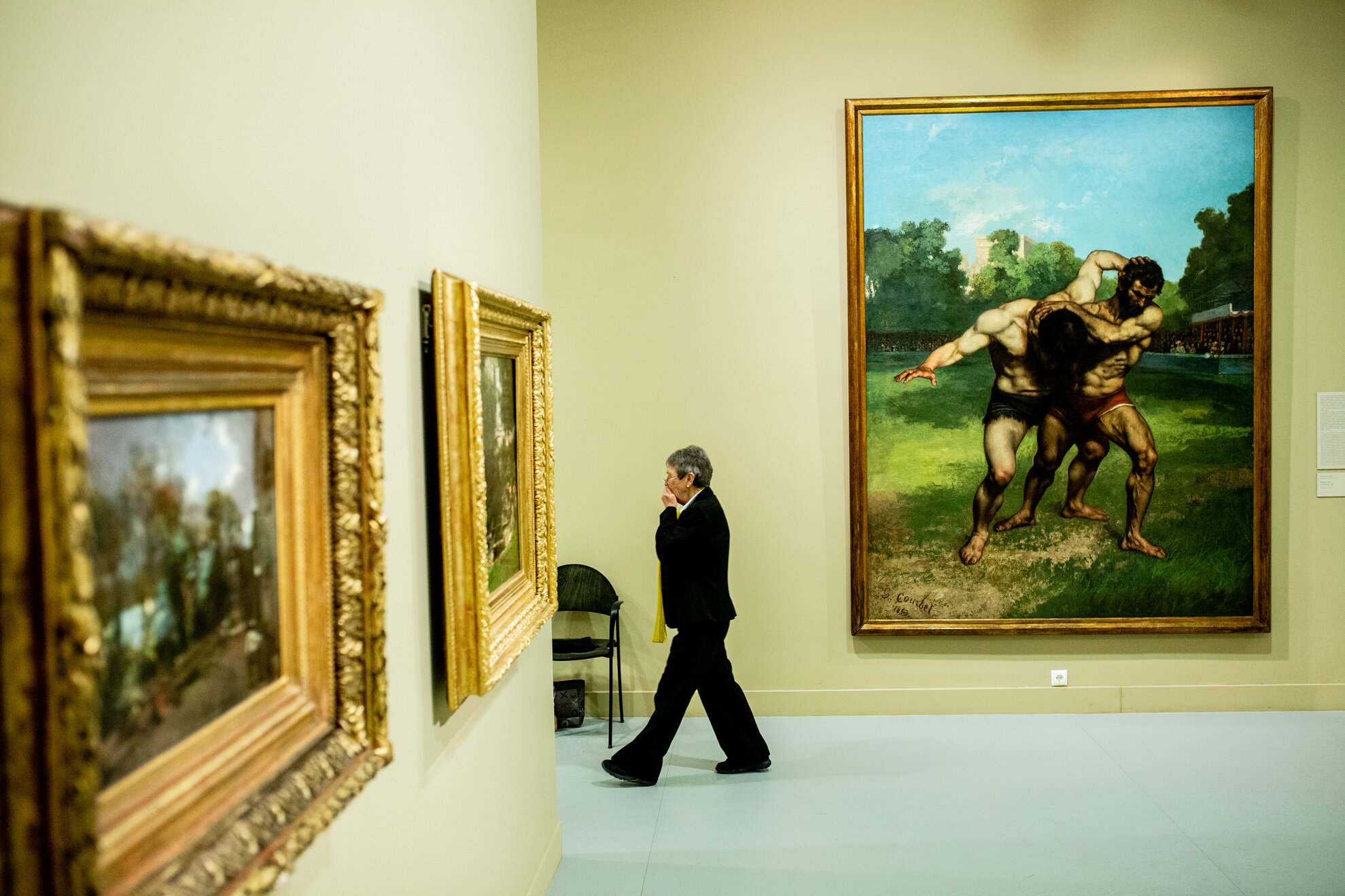
To round off your visit to the National Gallery, descend to the first floor to view the big international names such as Monet, Gauguin, Cézanne, Rodin and Baselitz.
Hungarian National Gallery District I. Szent György tér 2
Open: Tue-Sun 10am-6pm
